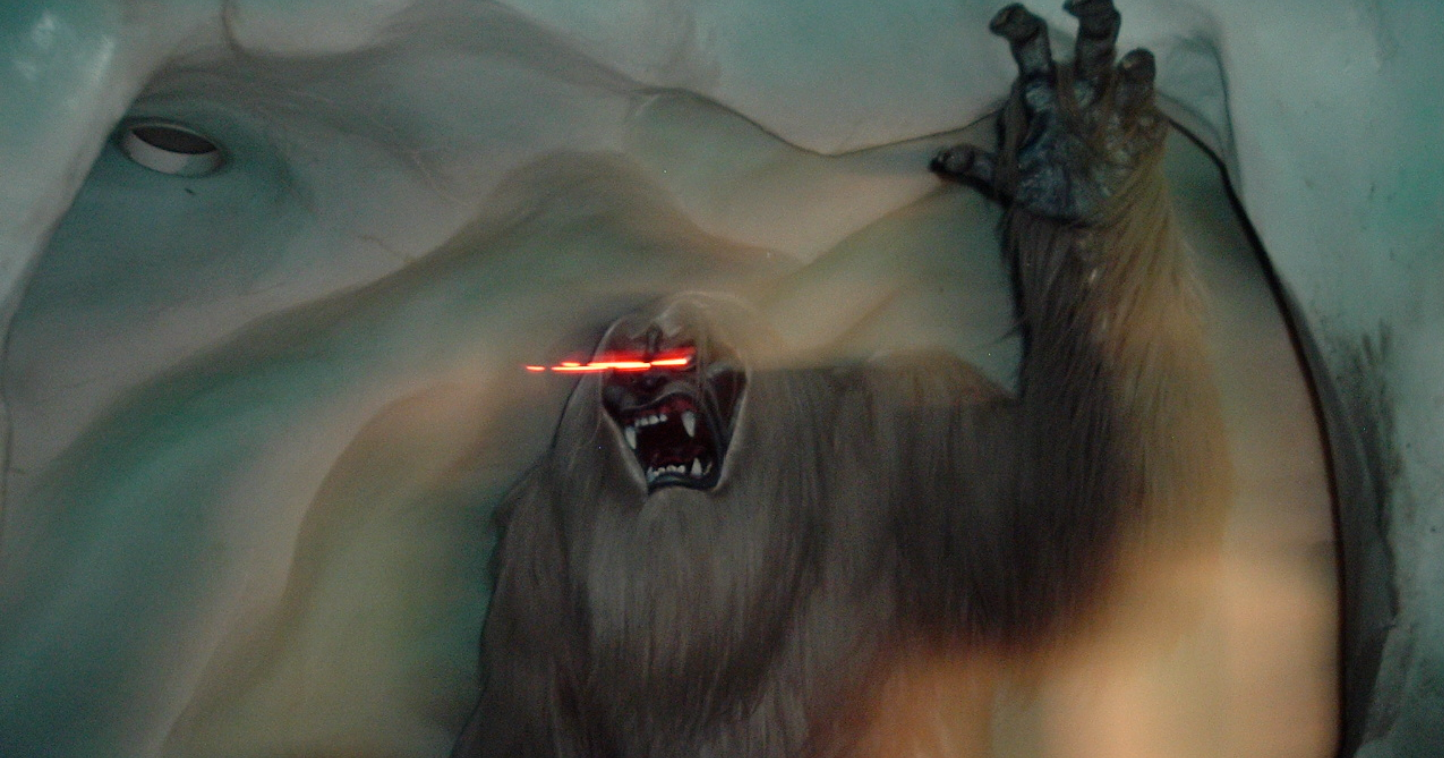Trunko
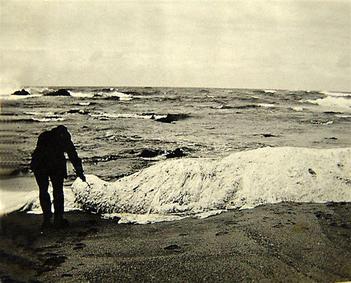
Trunko was first spotted off the coast of Margate, South Africa in 1924. Locals reportedly saw a great battle between two killer whales and an unidentified creature, which thwacked them with its massive tail and threw itself 20 feet out of the water. Onlookers said it looked like a polar bear, covered in thick pale fur. The creature later washed up dead on Margate beach. It was never examined by any scientists, though witnesses described it as having a long elephant’s trunk. Nicknamed Trunko, it has been categorized as a ‘globster’ – an unidentified organic mass tossed up by the ocean.
Mothman
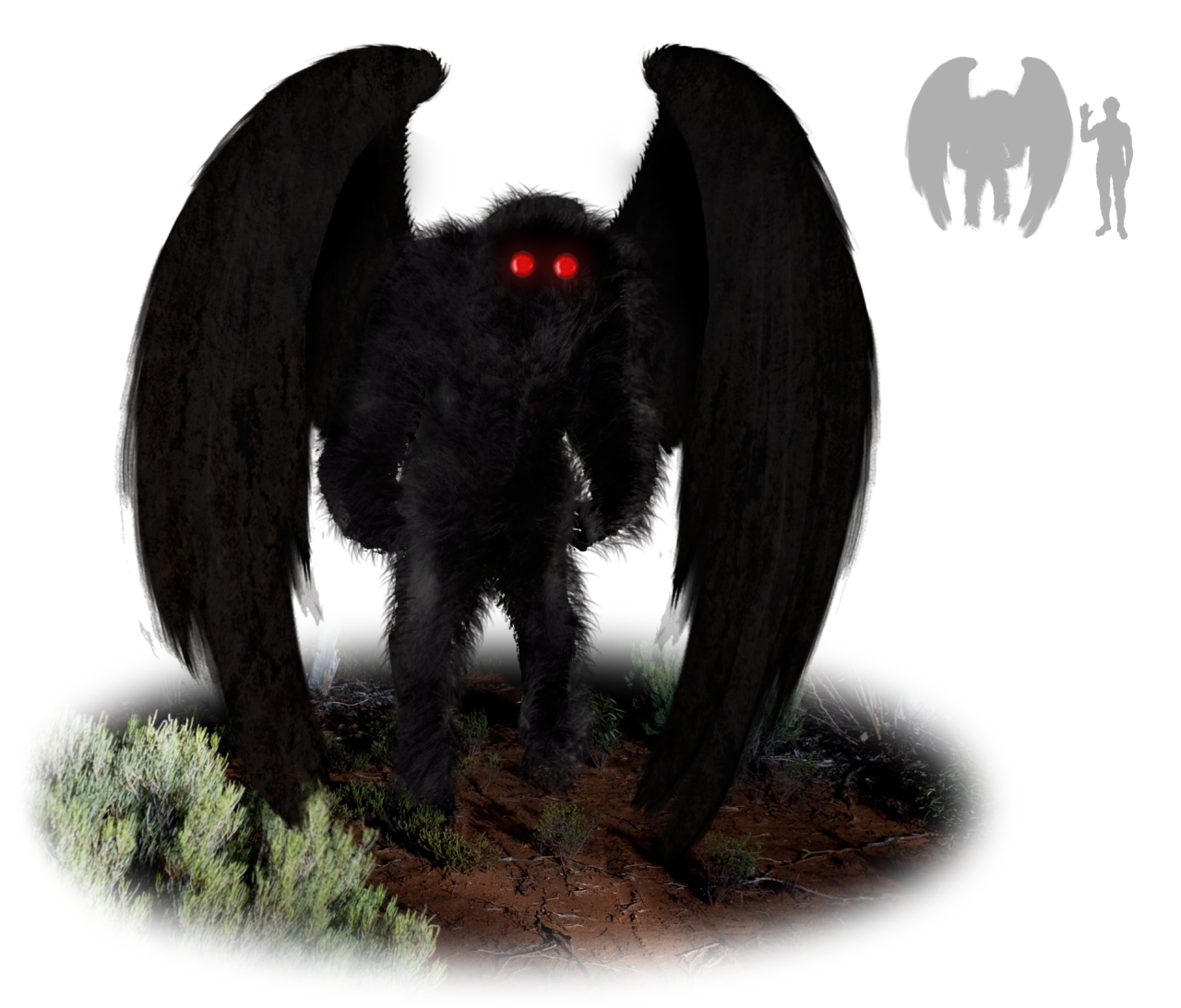
A relatively youthful cryptid, the Mothman was first made famous in a 1966 West Virginia newspaper report. The piece described how four people drove past an old WW2 munitions plant and reportedly saw a “large flying man with ten-foot wings” and glowing red eyes. Mothman sightings have since cropped up across the USA and even in Russia, with the creature reportedly occurring before disasters. The 1967 Silver Bridge collapse, as well as the 1999 Russian apartment bombings, have both been linked to the Mothman through contemporary folklore. Every year, Point Pleasant hosts a Mothman Festival to celebrate the myth.
Curupira
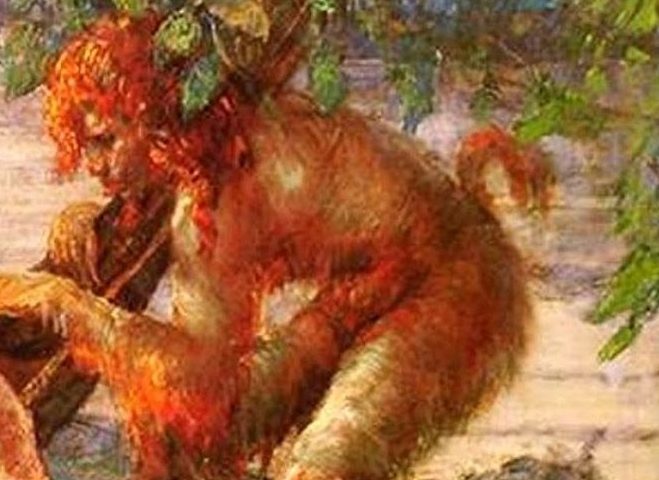
Brazilian folklore tells of the Curupira, a word that derives from the Tupi term ‘kuru’pir’ (covered in blisters). This terrifying monster has vivid orange hair and resembles a man, but its feet are back-to-front, allowing it to lay baffling footprints. The Curupira allegedly also makes a high-pitched whistling sound that can induce madness. The victims of the Curupira are not chosen at random: the monster apparently punishes whoever shows greed in the forest, taking more than they need from its natural resources. In particular, the Curupira attacks humans who hunt animals that are busy caring for their offspring.
Were-Hyena
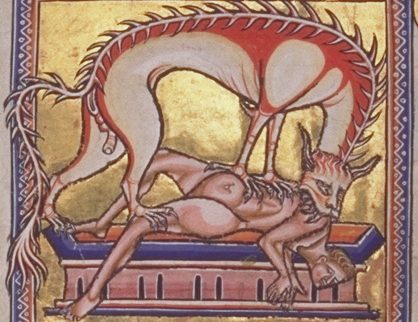
‘Were-hyena’ is a catch-all term for a range of shape-shifting hyenas in Arabian and African folklore. While werewolves tend to be humans who can transform into beasts, the were-hyena is often a hyena that pretends to be human. Somalian folklore holds that Qori Ismaris is a hyena-man who transforms himself with a magical stick. Ethiopian tales link blacksmiths to hyena-based witchcraft. Western Sudanic tradition, meanwhile, describes a cannibalistic monster with red eyes and a nasal tone who hunts lovers at night.
Chupacabra
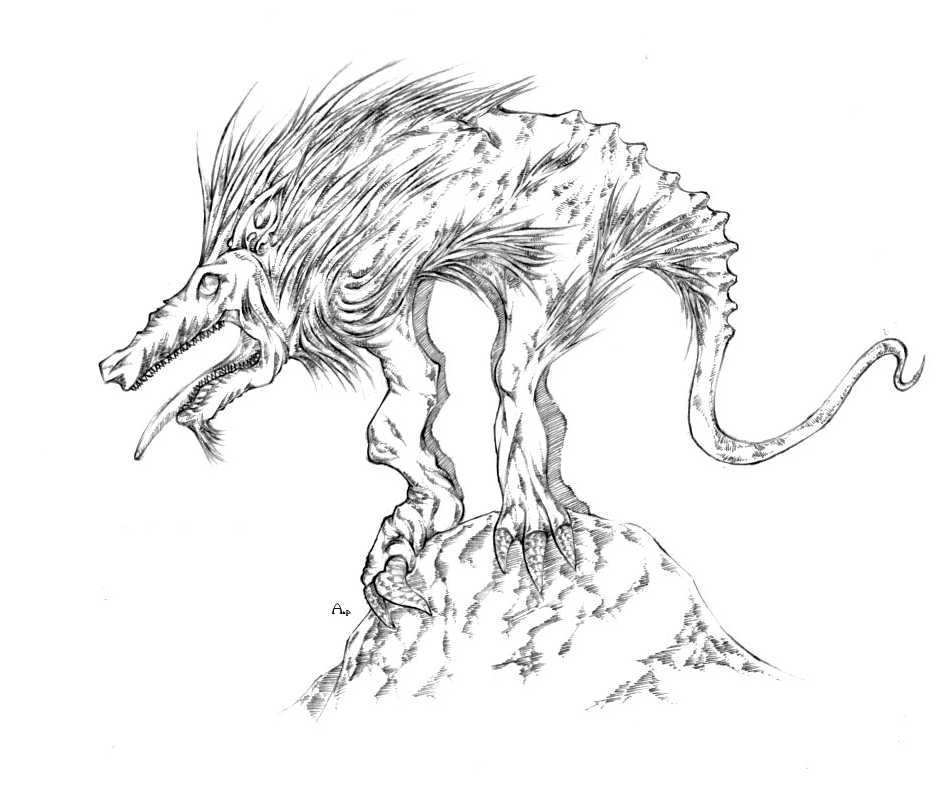
Rumoured to drink the blood of livestock, this creature is a popular legend in Puerto Rico. On the island in 1995, eight sheep were discovered drained of their blood, and in the following months 150 other farm animals were reportedly killed under similar circumstances. Some have claimed that the vampiric chupacabra – a beast variously described as bear-like, reptilian or canine – was responsible for these attacks. Chupacabra sightings have since been reported across Central America, the USA and even India.
Yowie
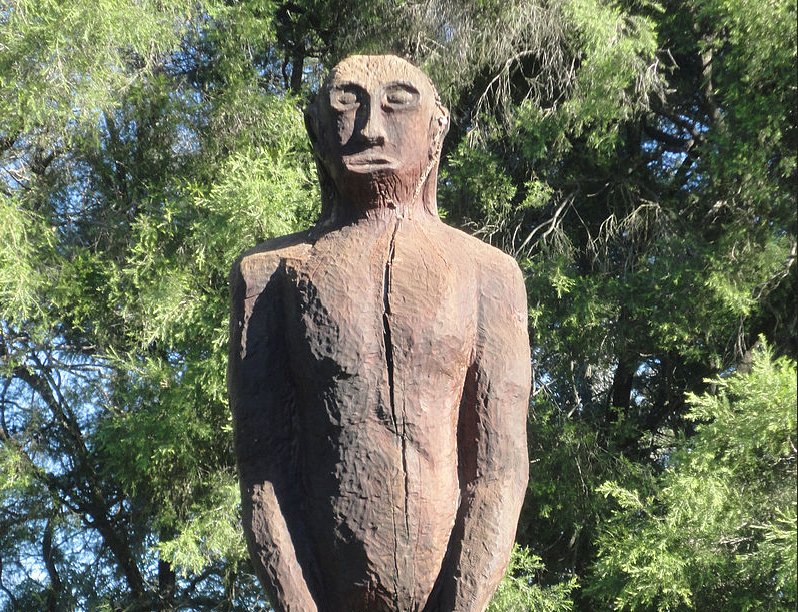
According to Australian folklore, the Yowie is a hairy humanoid that lumbers through the Outback. Regional names for this figure include the Quinkin and the Joogabinna. Witnesses range in their reports of the creature’s nature: some claim the Yowie is shy and reticent, while others describe it as violent, attacking and mutilating animals. So-called ‘Yowie hunters’ pursue these creatures throughout the country. Among the believers is the former Queensland Senator Bill O’Chee, who said he saw a Yowie when he was a boy. He said it was three metres tall and resembled Chewbacca from Star Wars.
Catoblepas
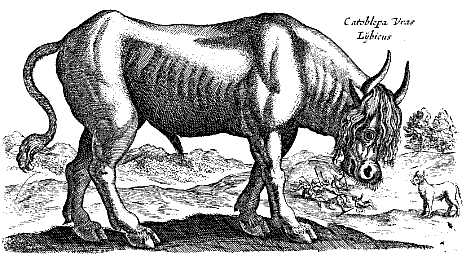
“It is found in Ethiopia near to the source Nigricapo,” Leonardo da Vinci wrote of the Catoblepas. “It is not a very large animal, is sluggish in all its parts, and its head is so large that it carries it with difficulty, in such wise that it always droops towards the ground; otherwise it would be a great pest to man, for any one on whom it fixes its eyes dies immediately.” Writers as ancient as Pliny the Elder have taken an interest in this mythical beast, which may have originated from sightings of wildebeest.
Encantado

Known locally as boto, encantados or toninas, Amazon river dolphins are real animals that are rich in local mythology. Native South Americans claim these creatures are of superior intelligence, crave pleasure at every turn, and can transform into humans at night to attend parties and seduce women. They can also use magic to enact vengeance – raising storms, causing illness, kidnapping children and spreading madness. The surest sign of an encantado in human form is that it will always wear a hat to cover its blowhole, the only part that cannot transform.
Spring-Heeled Jack
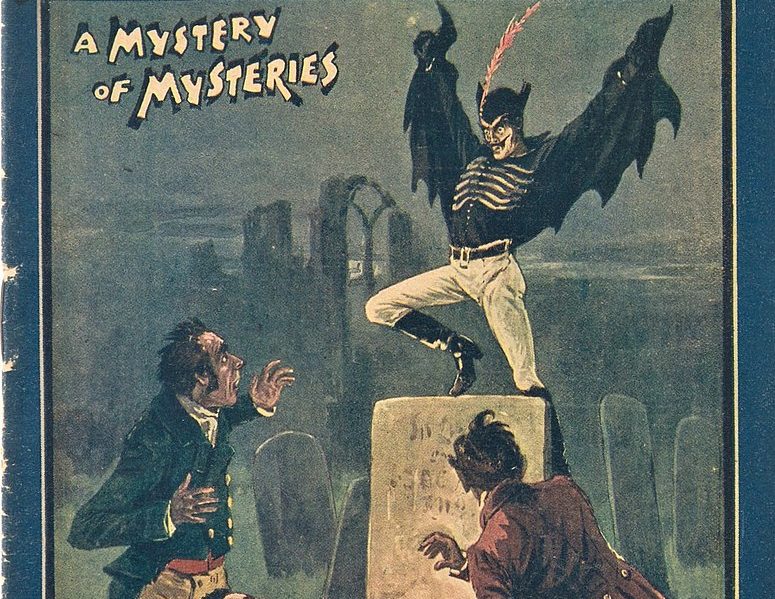
Dating back to Victorian Britain, Spring-Heeled Jack terrorized the nation, appearing particularly in London, Scotland and the Midlands. He could jump great distances and looked devilish, according to witnesses, with his eyes like “red balls of fire”. Beneath his black cloak, Spring-Heeled Jack wore a helmet and metallic claws, while some claimed he could breathe fire. One contemporary observer noted Spring-Heeled Jack had “[deprived] seven ladies of their senses, two of whom are not likely to recover, but to become burdens to their families.”
Ozark Howler
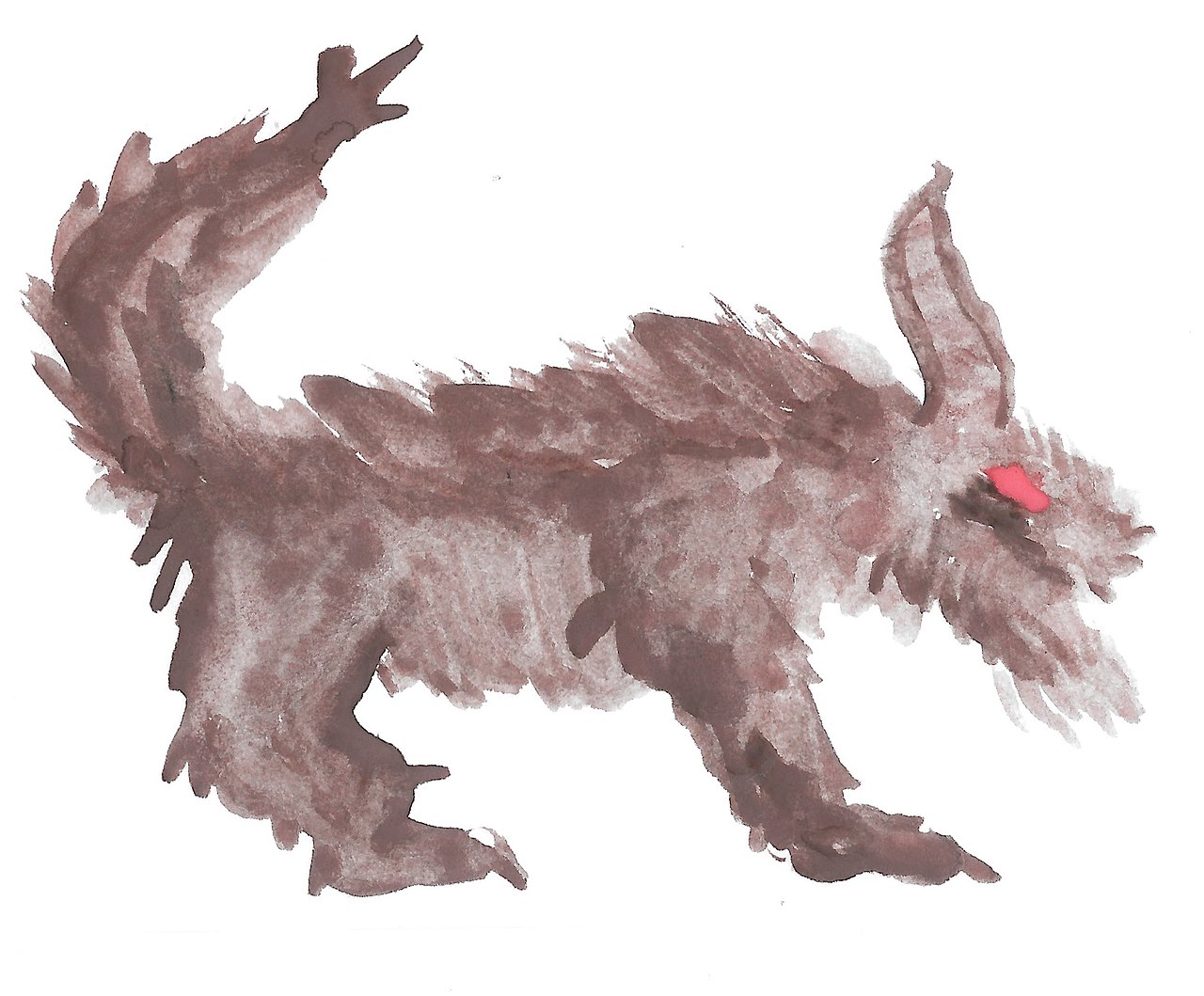
The Ozark Mountains of Arkansas are reportedly home to a bear-like creature with a very shaggy coat. It has never attacked anyone, but it occasionally turns up in the wrong place at the wrong time. In 2015, photographs of the Ozark Howler reportedly reached the desk of the Arkansas TV station 40/29 News. The local Game and Fish Commission denounced the images as a hoax. The same Commission later received phone reports of sightings, including a motorist who had nearly crashed into a large unidentified mammal that was bounding down the road.
Manticore
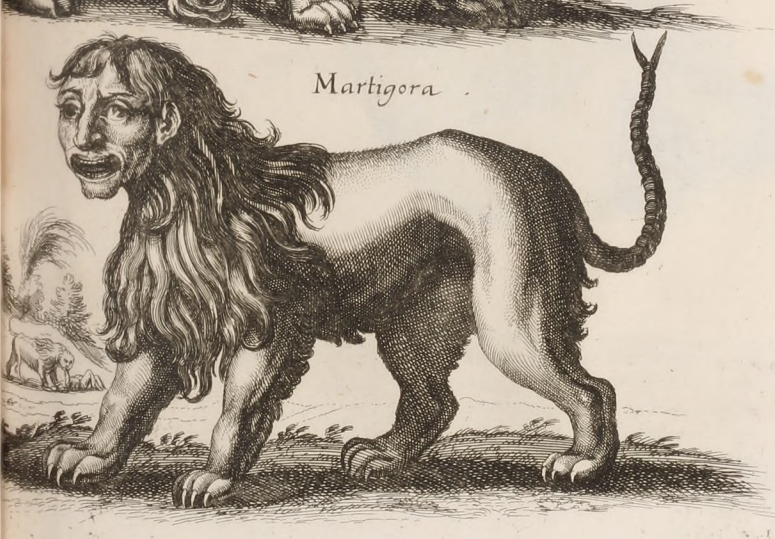
A big cat with a human face, the Manticore has poisonous spines that can become deadly projectiles. Photius, an Eastern Orthodox saint born in 810, wrote of this monster: “The martichora was allegedly a blue-eyed, human-faced wild beast of India. It was the size of the largest lion, with cinnabar-red fur. It has three rows of teeth, feet and claws like lions. It also had a scorpion-like tail with a (main) terminal sting that measured over 1 cubit, plus two rows of auxiliary stings, each a Greek foot long. The sting was instantly fatal.”
Each-uisge

Kelpies may be the better-known water spirit of Celtic folklore, but the Each-uisge is far more dangerous. This water horse disguises itself as a normal horse to seek out victims on land. Riding the Each-uisge is harmless – until it catches any glimpse of a lake or ocean. In quite a terrifying bit of early body horror, tales claim that the Each-uisge then melds with its rider, becoming inescapably sticky, and charges into the water’s deepest part so that the rider drowns. This photo of a rumoured Each-uisge skeleton was taken on the Isle of Skye.
Nuckelavee
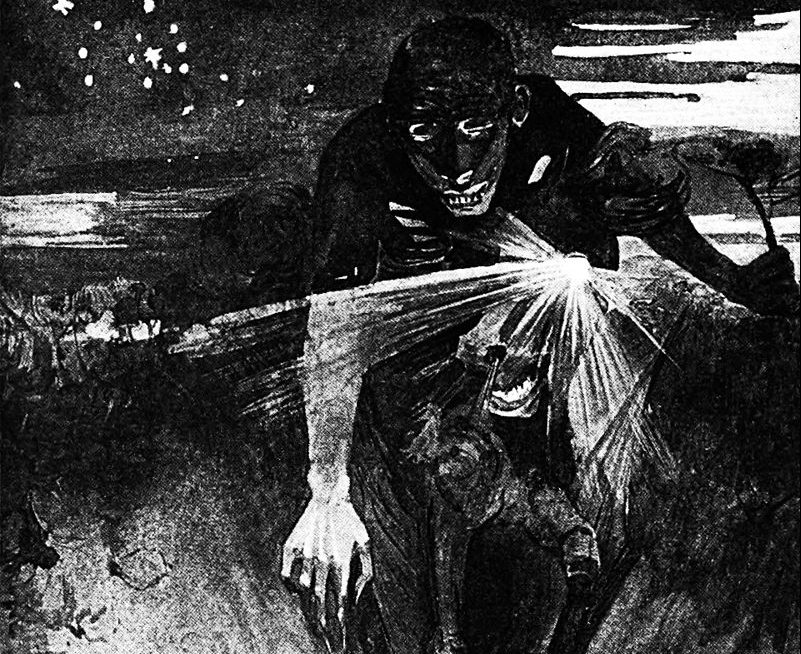
A legend with roots in Norse mythology, Nuckelavee is a horse-human demon that plagues the Orkney Islands. Its very breath is poisonous to crops and livestock, and it would allegedly horrify witnesses before retreating to its ocean home. Causing droughts and plagues, this creature can only be stopped by the sight of running water. One Victorian book described: “The lower part of this terrible monster, as seen by Tammie, was like a great horse with flappers like fins about his legs, with a mouth as wide as a whale’s, from whence came breath like steam from a brewing-kettle.”
Bigfoot
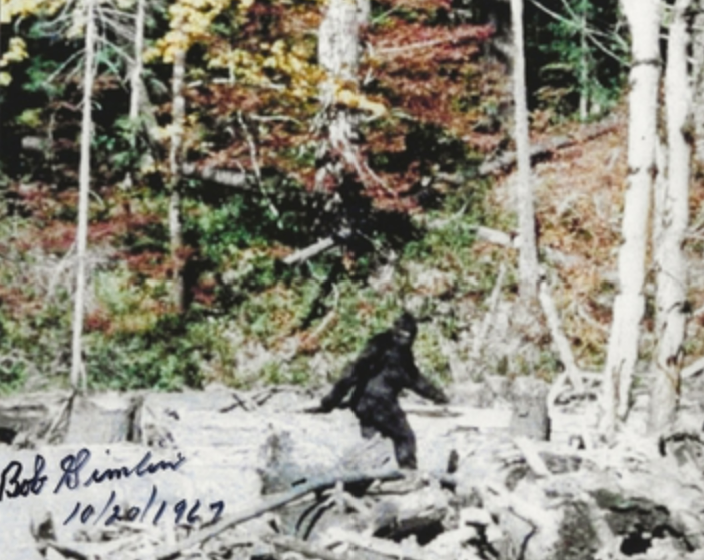
Bigfoot, aka Sasquatch, roams the forests of North America and is the subject of various ongoing hunts. Various fans have reportedly caught glimpses of this ape-like creature on camera. Jackson County, Oregon is home to a Bigfoot trap, stocked with carcasses. Bigfoot remains one of the best-known and culturally important cryptids of all time, with parallels drawn to similar humanoid monsters on other continents, such as Yowie and the Yeti.
Ushi-Oni
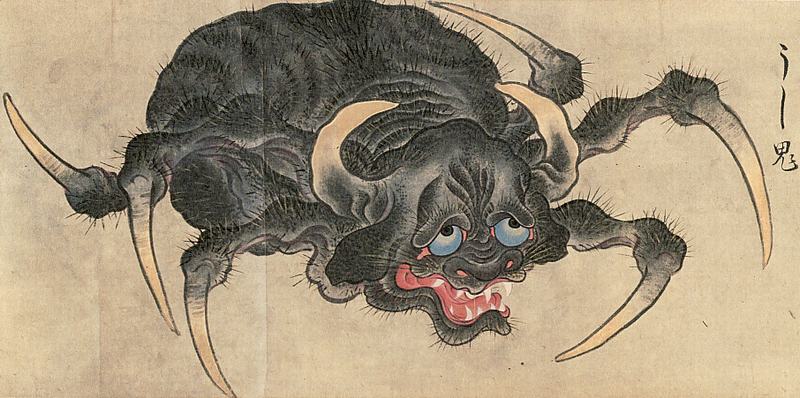
The Ushi-Oni is a yokai – a Japanese folkloric creature with supernatural abilities. With the head of an ox and a spider’s body, it is armed with claws and poisonous spit. It eats humans, hunting for them near beaches and stream pools. One legend from the Nishimuro District states that you can bamboozle and escape from the Ushi-Oni by reciting nonsensical pairs to it: “rocks flow, leaves sink, oxen neigh, and horses bellow.”
The Abominable Snowman
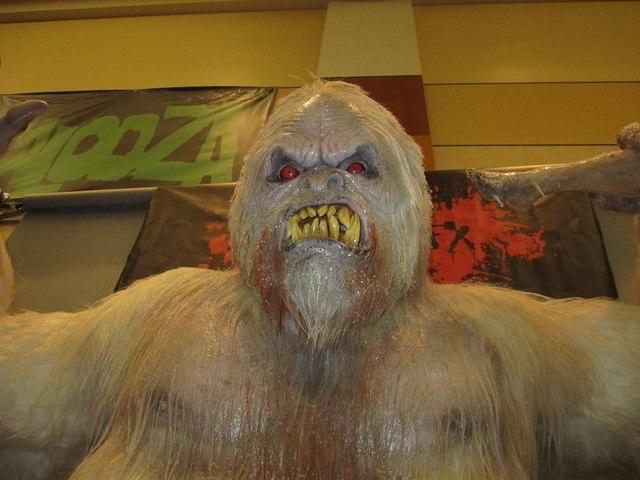
Also known as the Yeti, this creature supposedly lives in the Himalayan Mountains and stems from local Sherpa mythology. It received the name Abominable Snowman in 1921, when British explorer Charles Howard-Bury penned his adventures on Mount Everest. He wrote that his party found tracks that “were probably caused by a large ‘loping’ grey wolf, which in the soft snow formed double tracks rather like those of a bare-footed man… [the Sherpa guides] at once volunteered that the tracks must be that of ‘The Wild Man of the Snows’, to which they gave the name ‘metoh-kangmi.”
Penanggalan

This gory visitation comes from Malaysian ghost stories. Named the Penanggal, she is a living witch who, by meditating in a vat of vinegar, can detach her head and organs from her body and drift away into the night. She twinkles as she drifts between houses, seeking out blood to drink. According to legend, she is attracted especially to menstrual blood and childbirth fluids. This tale is not restricted to Malaysia – she is also described in Cambodia, the Philippines, Indonesia, Thailand and Laos.
Sea Goat
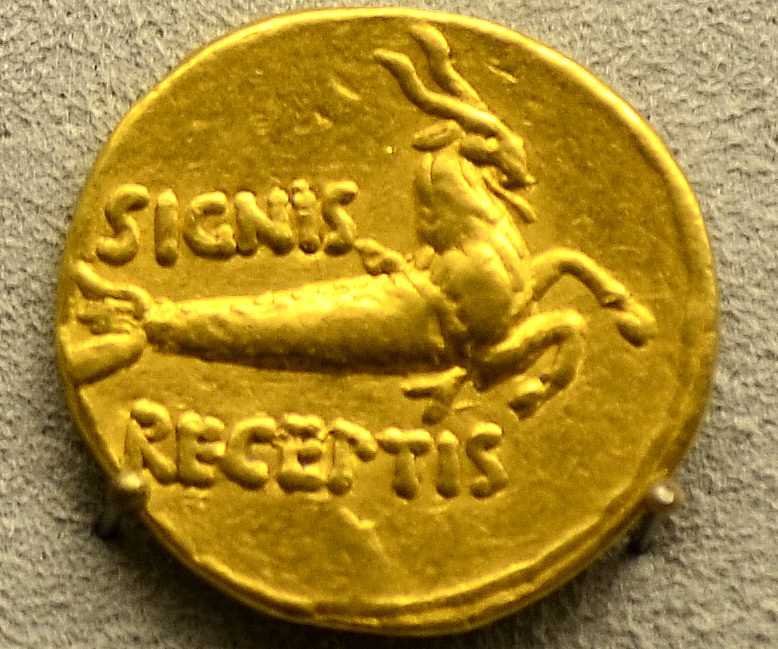
Half-goat, half-fish, the Sea Goat appears in many folklores worldwide. But you’ll probably know this creature best from star signs. The constellation Capricornus is a sea goat, with its own month in the astrological calendar. One of the more famous iterations of the Sea Goat is an Ancient Greek myth, which states that Amalthea, the goat-herding nymph who cared for Zeus as a baby, was rewarded with eternal life among the stars.
Saci
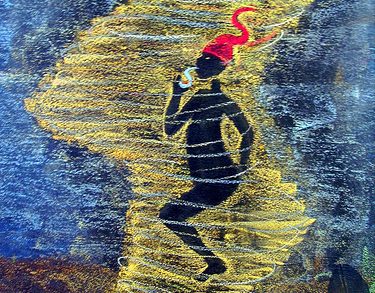
Saci is a figure from Brazilian folklore. This one-legged character hops through the forest on his single leg, smoking a pipe. He owns a bright red cap that enables him to teleport. If this cap is stolen, he becomes a genie of sorts to the thief, and can either become his best friend or worst enemy. Sometimes tales describe Saci as playful and cheeky – but others paint him as a far more sinister force. People blame Saci on general household nuisances, such as missing items.
The Loch Ness Monster
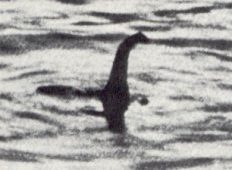
Lovingly known as Nessie, the Loch Ness Monster inhabits the lake of the same name in the Scottish Highlands. It is a vast water creature with a very long neck, several humps and a shy nature. Sonar readings and photographs have accumulated over the years to try to prove this creature’s existence. Sightings of Nessie date back to 604, in the book The Life of Saint Columba. According to this text, the creature was known to emerge from the lake “with loud roaring.”
Stronsay Beast

A so-called globster – a mass of unidentifiable organic matter – washed up on the island of Stronsay in Scotland in 1808. 55 feet long, it had a half-consumed tail and terrified the locals. Experts from the Edinburgh’s Wernerian Society were fascinated by this discovery, declaring it to be an entirely new species – possibly some kind of sea serpent. The creature had a 10 foot circumference, three sets of paw-like appendages and bristly skin that glowed in the dark. Later Victorian scientists declared it was more likely to be a basking shark.
Stratford Lyon
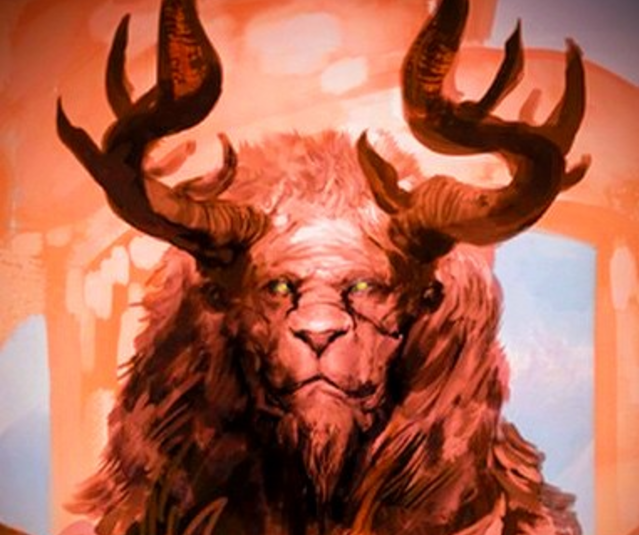
According to legend, this antlered big cat first appeared in the New Forest, England to a young nobleman named John de Stratford. As he rode through the forest, he found a pair of half-buried antlers. He pulled them out of the earth, only to find that they were attached to a huge, living monster. Stratford battled with the creature and won, forcing it to swear allegiance to his family. In recent decades, people have described seeing the Straford Lyon peeping in windows and charging across the land while being ridden by Stratford’s ghost.
Devil Bird
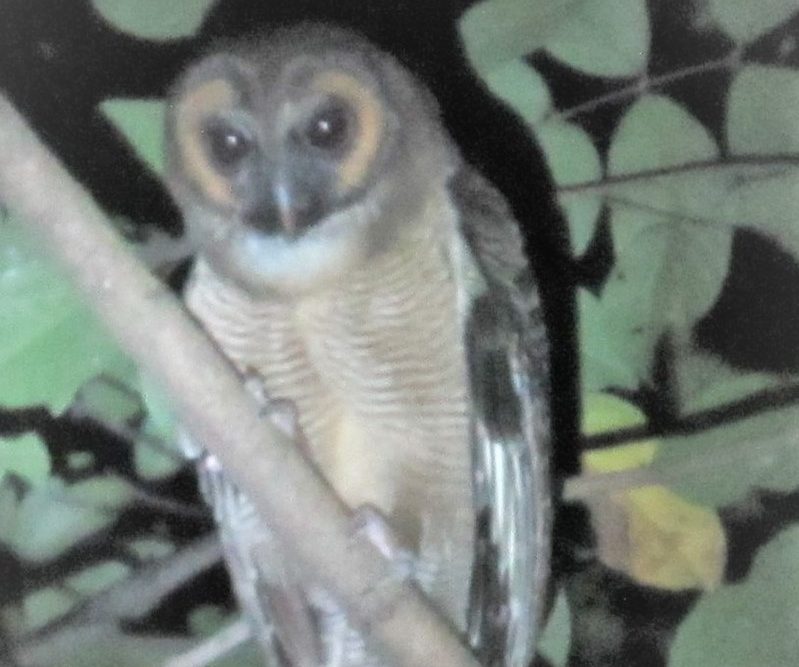
Many strange sounds emerge from the rainforest at night, but some people in Sri Lanka believe a single supernatural entity may be responsible for the worst peals. The Devil Bird, or Ulama, is said to scream blue murder in the jungle, imitating a human in terror. Various real-life species have been suggested as the source of this disturbing noise. The spot-bellied eagle-owl, the forest eagle-owl, the crested honey-buzzard and the Ceylon highland nightjar have all fallen under suspicion.
Loveland Frog
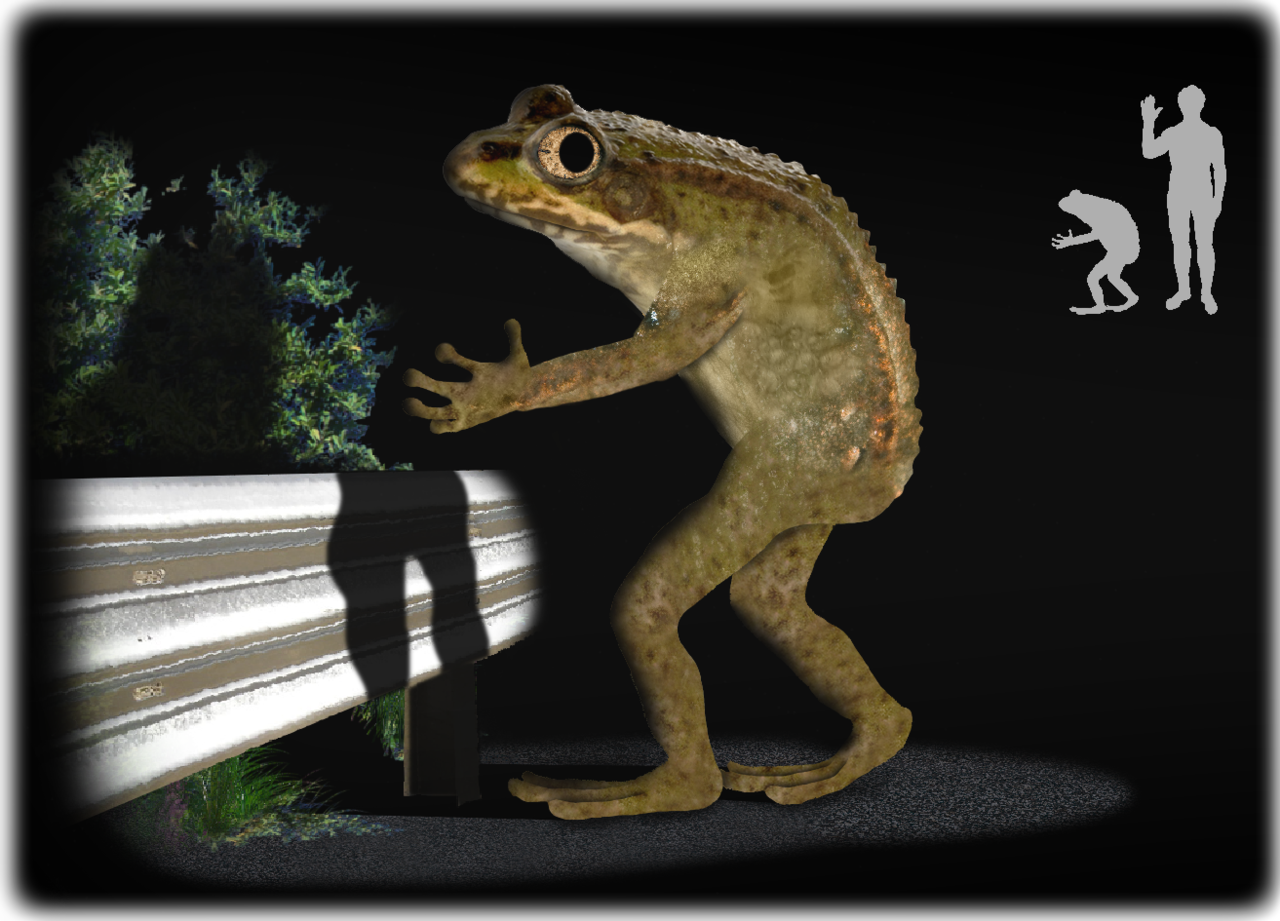
Ohio’s Loveland Frog is a human-frog hybrid that walks on its hind legs. It was brought to public attention in 1972 by a police officer, who told his colleagues he had spotted such a creature. Officers later claimed that they had found and killed the creature, which was simply a huge iguana missing its tail. In 2016, two teenage girls were terrified by a frog figure late at night, only to discover that it was a high schooler in fancy dress. Thanks to its popularity, this creature has even spawned its own musical, entitled Hot Damn! It’s the Loveland Frog!
Kraken
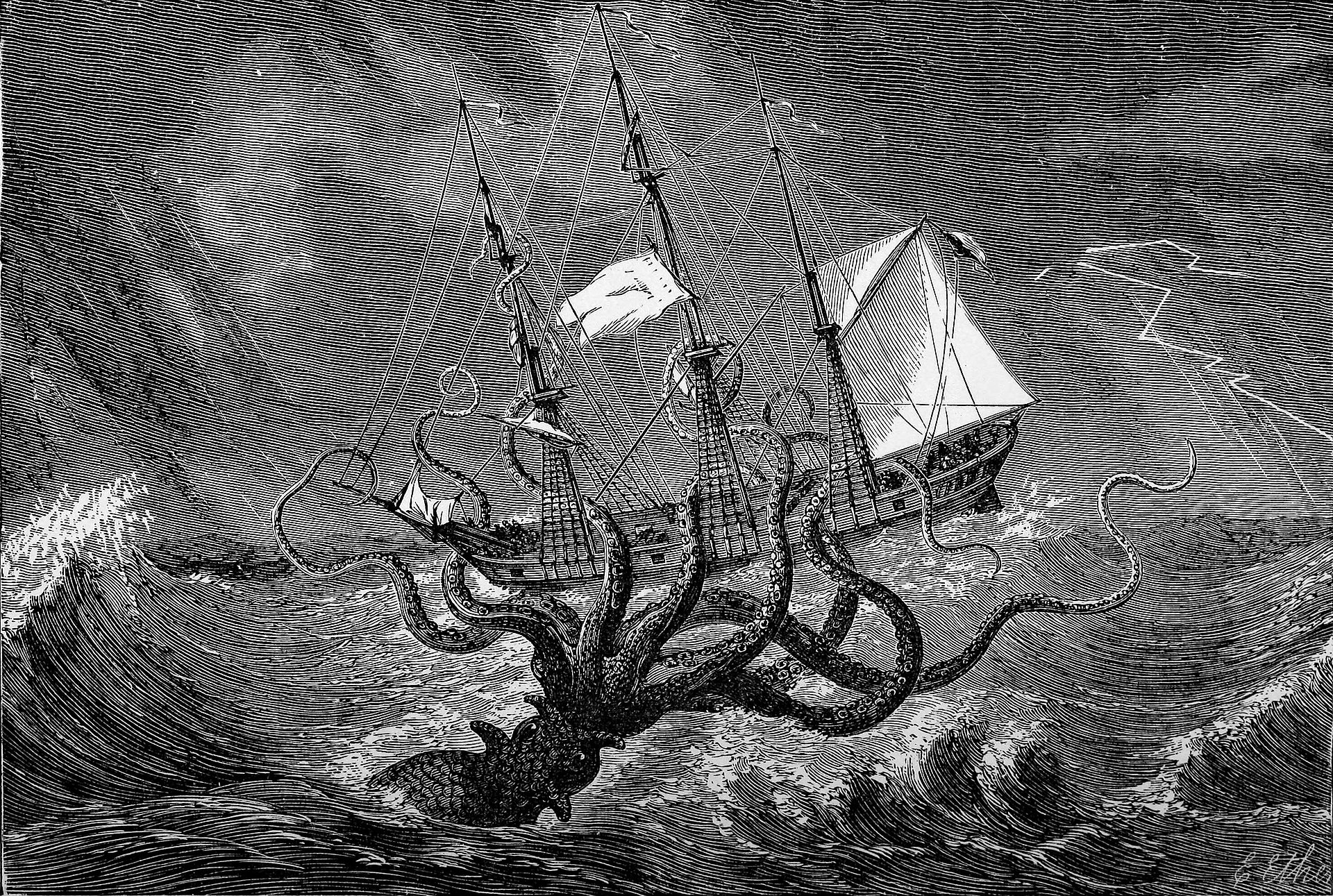
Traditionally sighted off the coast of Norway, the Kraken is a long-lived sailor’s tale. It is often described as a huge octopus or squid, or occasionally a giant lobster, with the strength to drag ships to the depths of the ocean. Fears reached fever pitch when a French ship, Alecton, allegedly encountered a bulletproof, violent monster on a voyage of 1861. A fragment of flesh recovered from the vessel was later identified as the tail of a giant squid.
Mongolian Death Worm
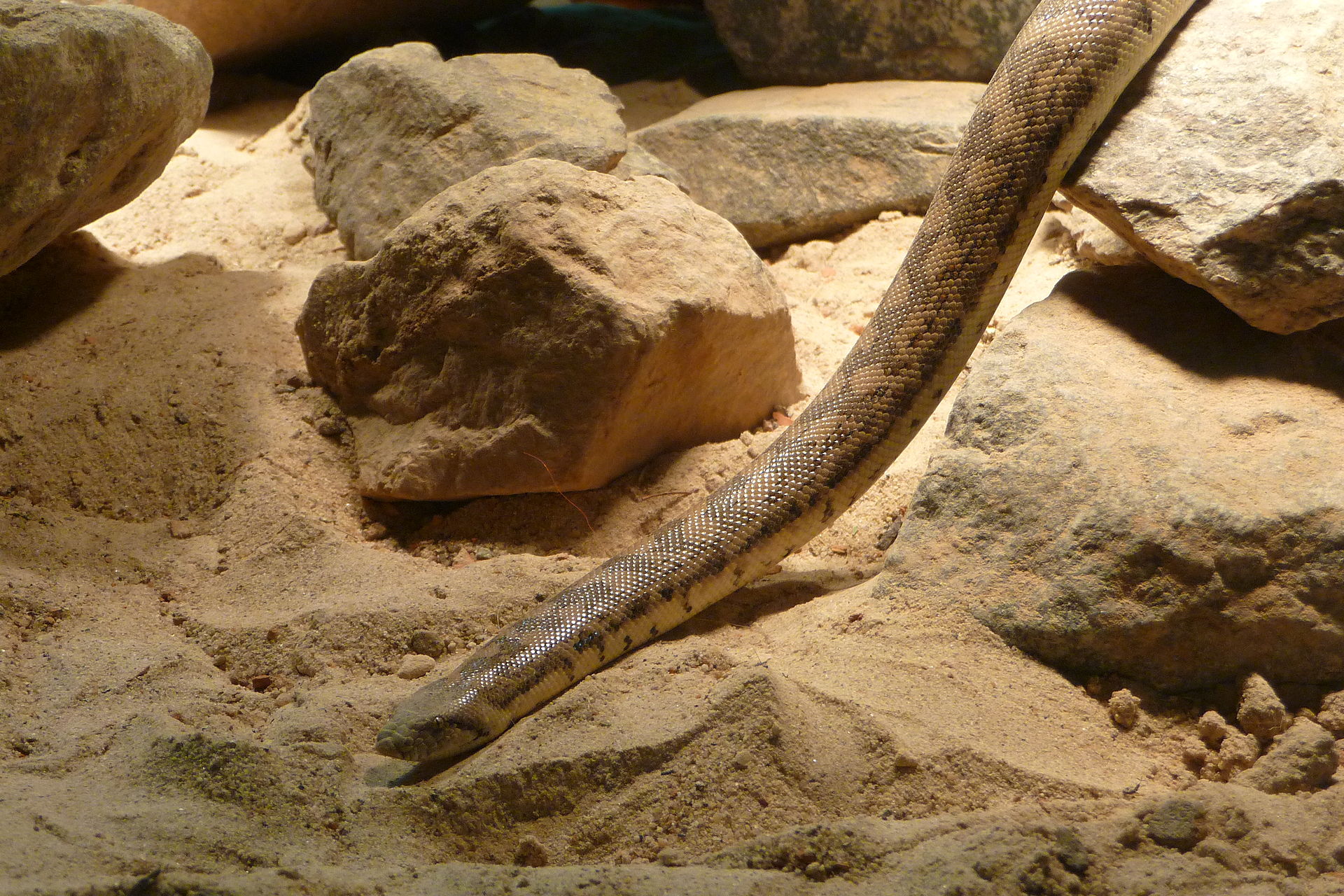
The Mongolian Death Worm is said to inhabit the Gobi Desert. It lives mostly underground, travelling to the surface only to hunt with its deadly venomous spray. “It is shaped like a sausage about two feet long, has no head nor leg and it is so poisonous that merely to touch it means instant death,” said the Mongolian Prime Minister Damdinbazar in 1922. It was reportedly witnessed by very few people, yet belief in it was especially firm in the 1920s.
Ant Lion
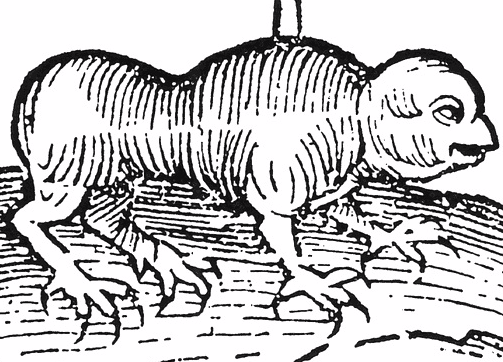
The Myrmecoleon, more commonly known as the Ant Lion, is a creature described in multiple medieval bestiaries. The Ant Lion is formed from a combination of – shockingly – an ant and a lion. Specifically, the creature is said to have the body of a lion and the head of an ant, complete with voracious mandibles. According to the bestiaries this mishmash of parts presents something of a problem, as lions and ants both depend on different food sources, resulting in the unfortunate animal starving.
Kuchisake-onna
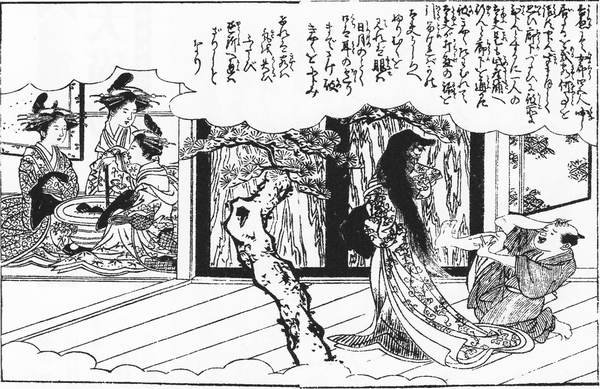
The Japanese have a natural talent for creating horrifying mythical monsters. Kuchisake-onna, which translates to “slit-mouthed woman”, is a malevolent being that stalks the streets at night wearing a cloth mask across the mutilated lower half of her face. If she comes across a child, the slit-mouthed woman will ask them if they think she is pretty. If they reply that they do, Kuchisake-onna will reveal her true visage and repeat the question. If the child still answers in the affirmative, the woman will slash their face to make them resemble herself. If they answer no, then she will fade into the darkness, before murdering them in their bed later that night. In other words, if you run into a Kuchisake-onna, you’re in for a lose-lose situation.
The Wendigo
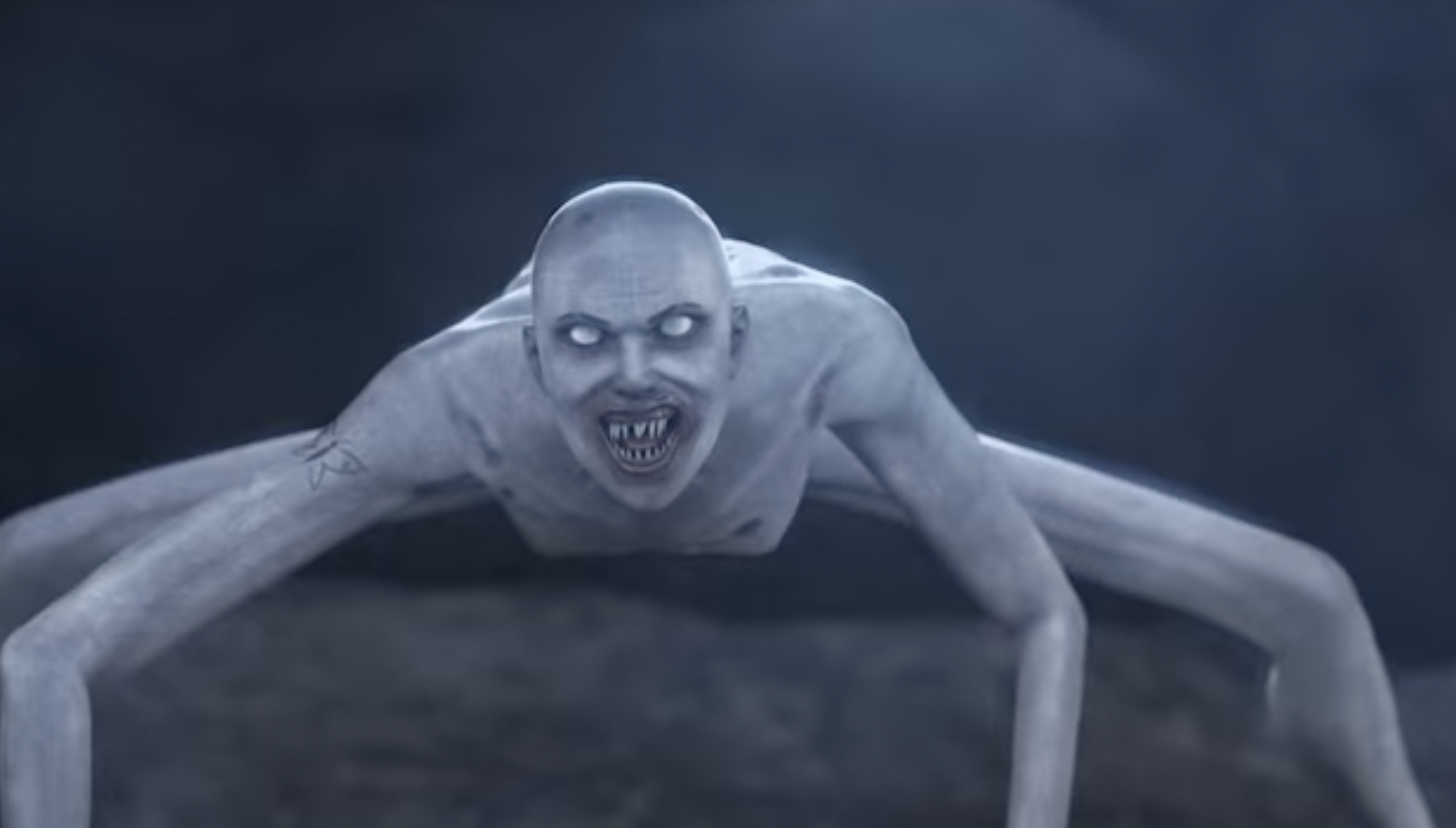
The Wendigo is a mythical creature that appears in stories told by the Native’s of America’s Great Plains. Wendigos take the form of grotesque, humanoid creatures, and their mere presence invokes an insatiable hunger that drives men to cannibalism. An unnerving theory about the origin of the Wendigo myth posits that, during periods of scarcity, people living on America’s inhospitable tundras were forced to resort to cannibalism to survive. In order to cope with the trauma of what they had done, they invented the Wendigo to explain their actions and absolve them of their guilt.
Ramidreju
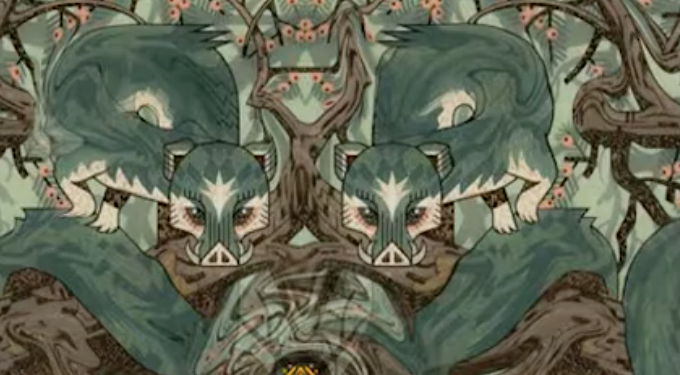
A Ramidreju is a being from Cantabrian mythology that is said to dwell in the forests and mountainous regions of Northern Spain. Born once ever 100 years, Ramidreju strongly resemble a weasel or marten, with the exception that their fur is tinged green and they have long, serpentine bodies. They also have the nose of a hog, which they use to dig deep holes in pursuit of gold. Ramidrejus are highly sought after folk creatures, as their fur is said to contain healing properties.
The Pukwudgie
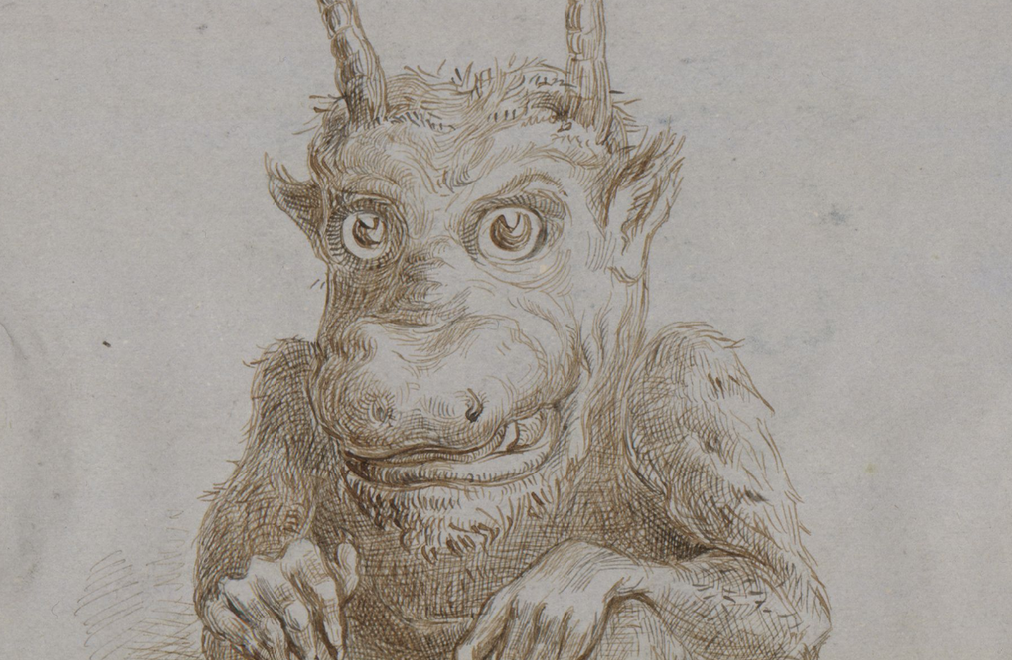
Another cryptid with its roots in Native American mythology, The Pukwudgie take the form of tiny men – around a foot tall – with bulbous noses, horns, and long hair that resembles moss. According to Native tribes, the Pukwudgie used to coexist peacefully with humans, until one of them was accidentally killed by a tribesmen. The Pukwudgie really haven’t let it go, and now devote themselves to tormenting humans, using poisonous darts to inflict pain and taking advantage of their ability to turn invisible to lure people to their deaths.
Bunyip
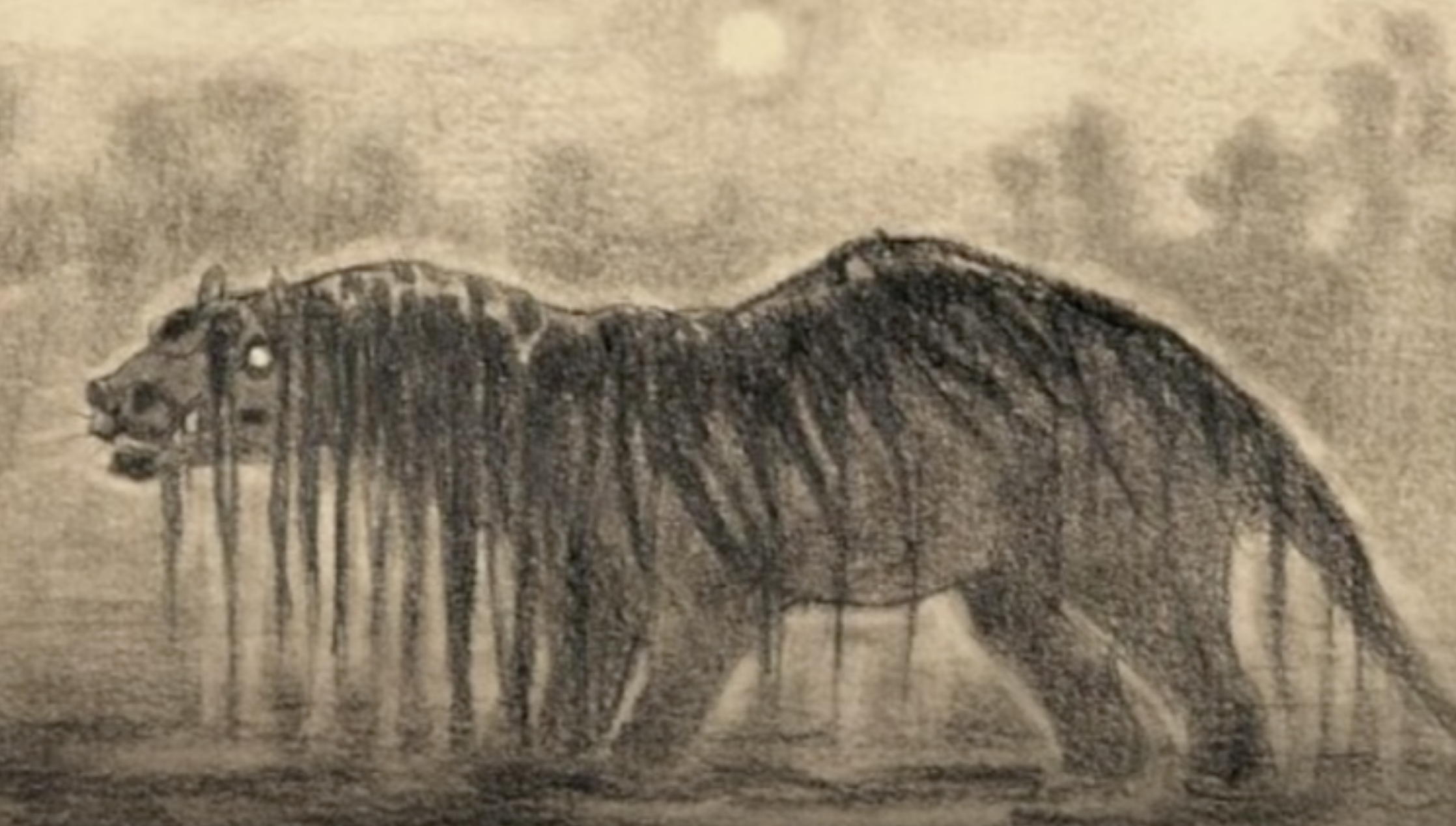
The Bunyip is an aquatic monster from Australian Aboriginal mythology. It is said to be a reptilian ambush predator that resides in Australia’s swampy regions, luring unwitting travellers to the water’s edge before leaping out and devouring them. Considering Australia is home to the saltwater crocodile, a ferocious, gargantuan reptile with a documented taste for human flesh, it’s not hard to guess the Bunyip’s origins.
Cyclops
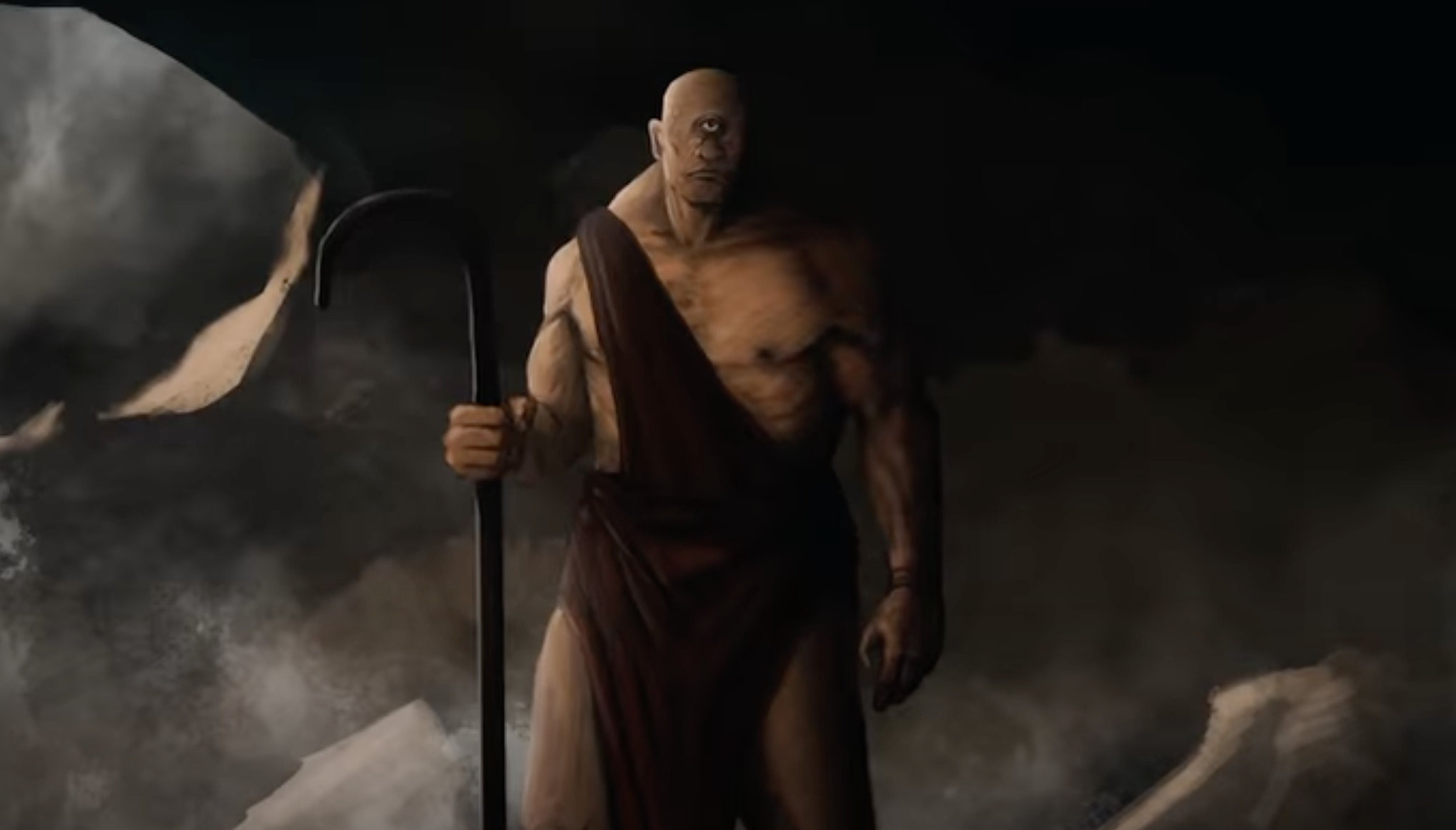
The Cyclops is one of the most famous folk monsters in history. The one-eyed giants were first described in Greek mythology, and whilst they have been portrayed as fearsome creatures in recent years, the earliest writings about the Cyclops portrayed them as peaceful shepherds who chose to live in isolation, away from government interference. They were also skilled craftsmen, creating many iconic artefacts for the Gods of Olympus, including Poseidon’s trident, Hades’ helmet, and Artemis’ bow.
The Näcken
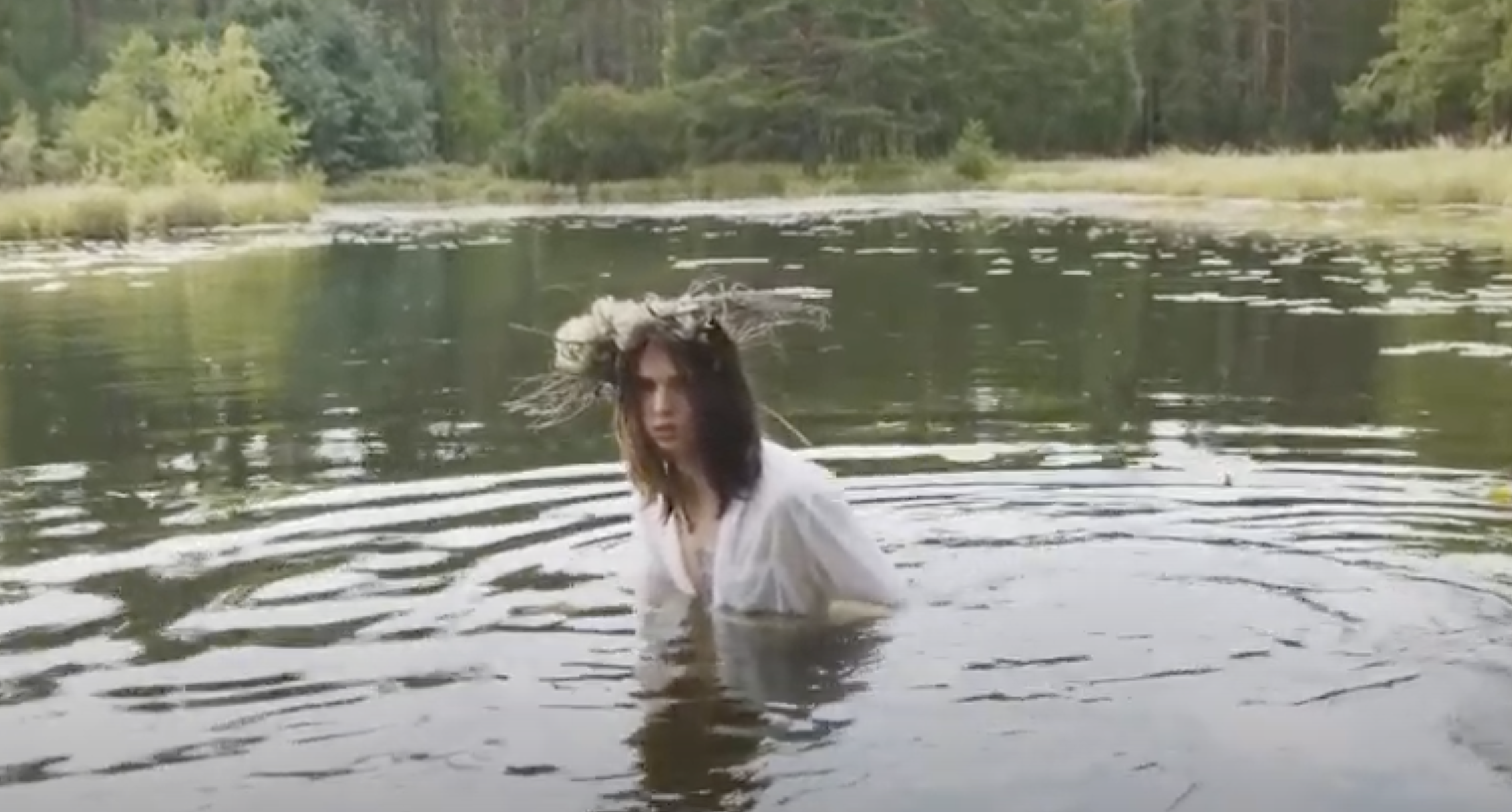
The Näcken are shape shifting waters spirits from Germanic folklore. Their true form is a mystery, as the Näcken adapt their appearance depending on their audience, and their behaviour can vary dramatically. If you please a Näcken, it will reward you by playing beautiful music, and may even teach you how to play the music yourself. However, if you get on the wrong side of the creature it will respond by transforming into a naked elderly man and dancing aggressively in front of you. Apparently, the trauma of this can be so great that it results in insanity.
Ogre
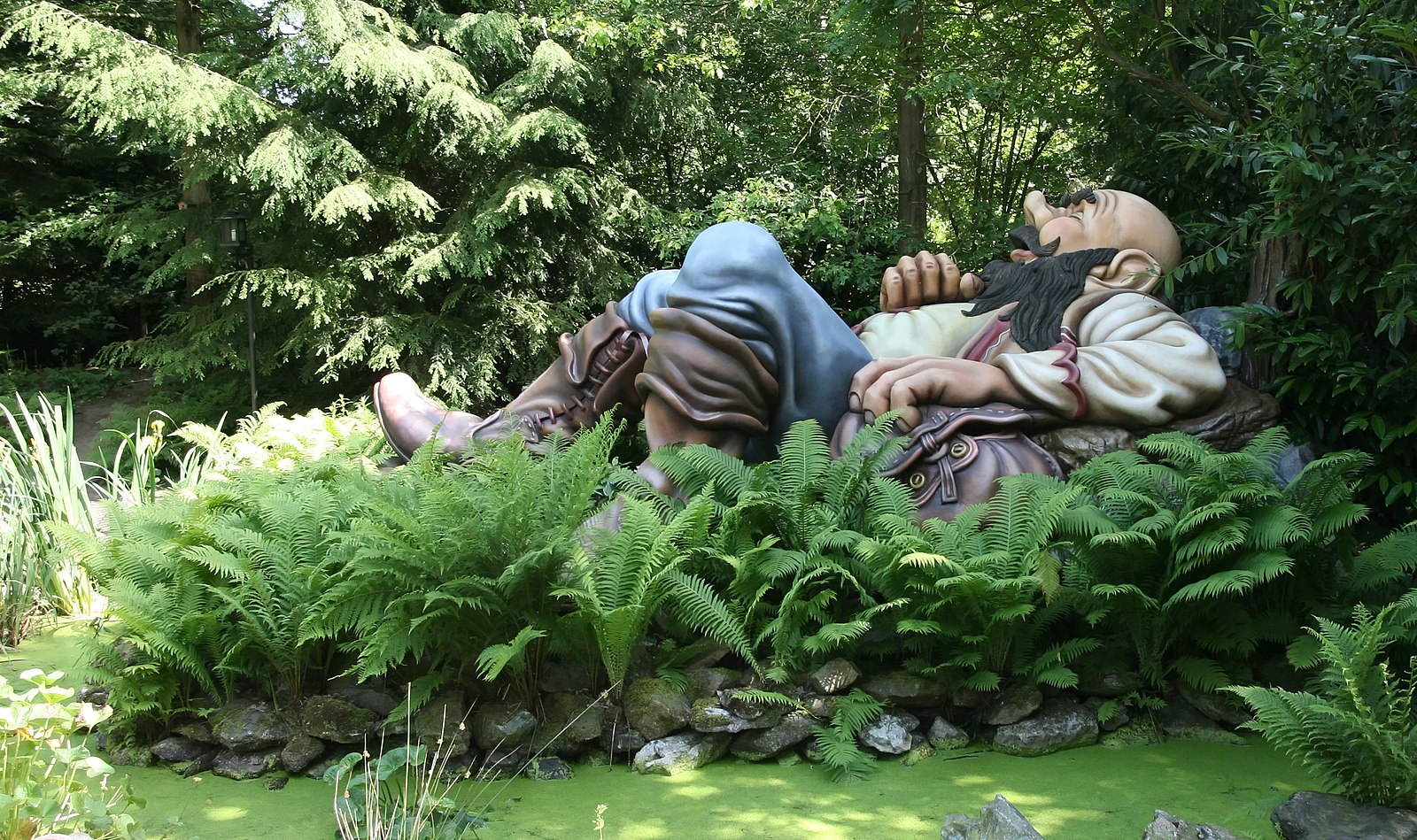
Ogres, or creatures similar to them, crop up in the folklore of many different countries. The word ‘ogre’ is derived from Orcus, an ancient Etruscan god with a taste for human flesh. The monsters are generally depicted as large and dimwitted with a predilection for violence, particularly against humans, and rely on their vicious nature to survive. Whilst Shrek has gone some way towards rehabilitating ogres’ reputations, they are still feared in many parts of the world.
Gorgon
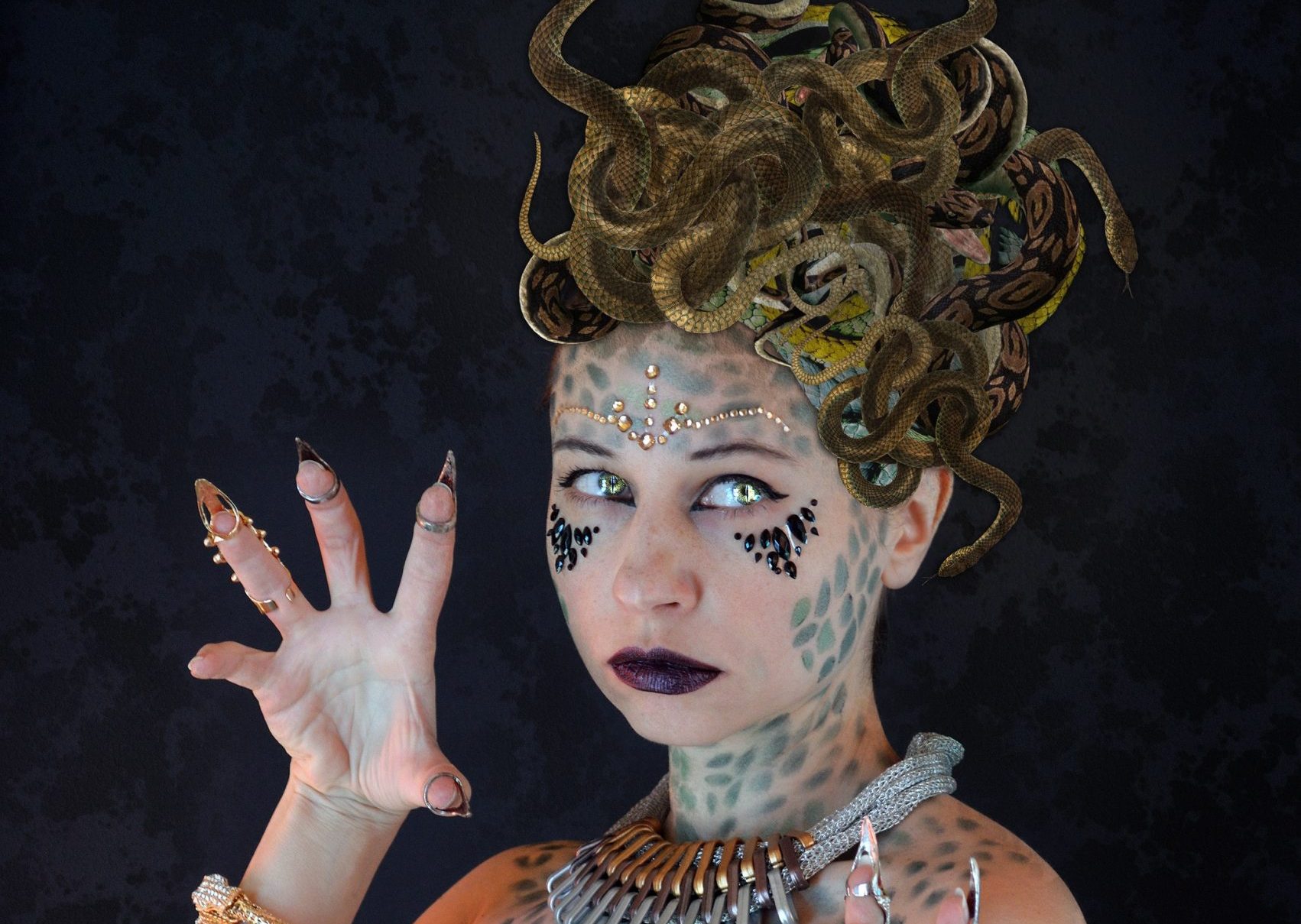
Another imaginative offering from Greek folklore, Gorgons were a greatly feared race of creatures that took the form of winged women with living snakes for hair and preyed on humans unlucky enough to cross their paths. Apart from their reptilian hairstyles, the Gorgon’s most notable feature was their ability to turn humans to stone with their gaze. Despite their fearsome reputation, they weren’t infallible; the most famous Gorgon, Medusa, was beheaded by the demigod Perseus.
Aqrabuamelu
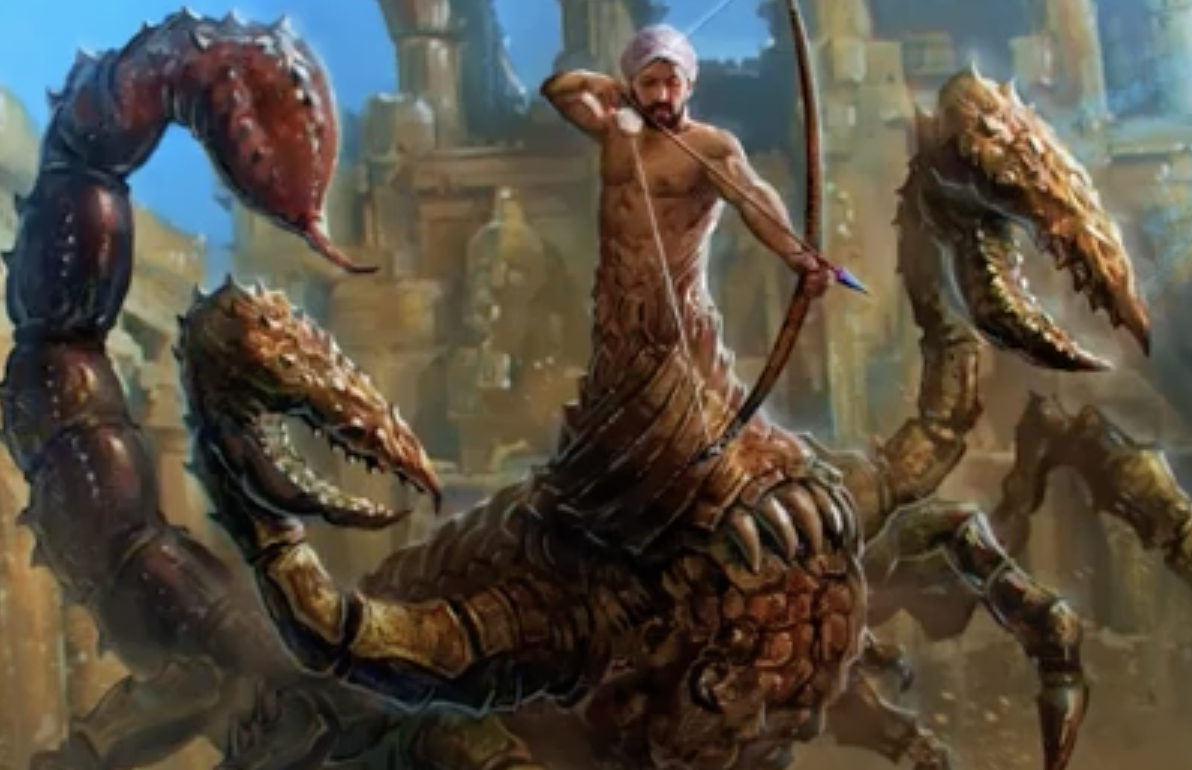
The Aqrabuamelu, which translates to ‘scorpion men’, originate from Mesopotamian creation myths. The creatures are described as possessing the body of a scorpion and the head and arms of a man, and were originally created for the express purpose of doing battle with Babylonian gods. Despite this fearsome purpose the Aqrabuamelu also had a softer side, and were said to warn travellers in the desert if they strayed too close to danger.
Werewolves
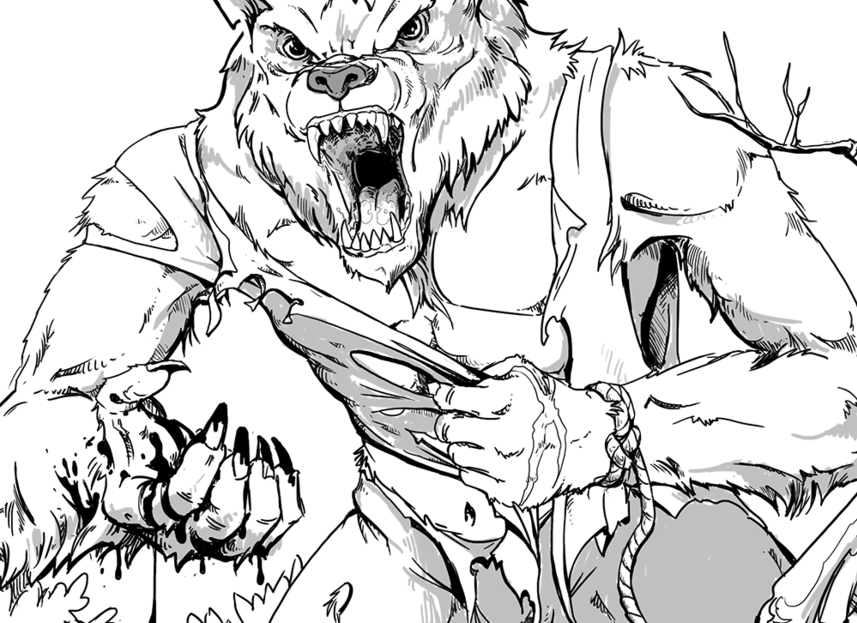
Werewolves have become iconic folk monsters, frequently popping up as the antagonists in films, books, and video games. There doesn’t seem to be single origin for the lyacanthrope myth, with Werewolf-esque creatures described in Germanic, Slavic, and Greek traditions. Many Werewolf features – such as transformations being tied to the lunar cycle and a vulnerability to silver – are recent additions to the lore, and the original Werewolves were simply humans who could transform into fearsome canine beasts.
Basilisk
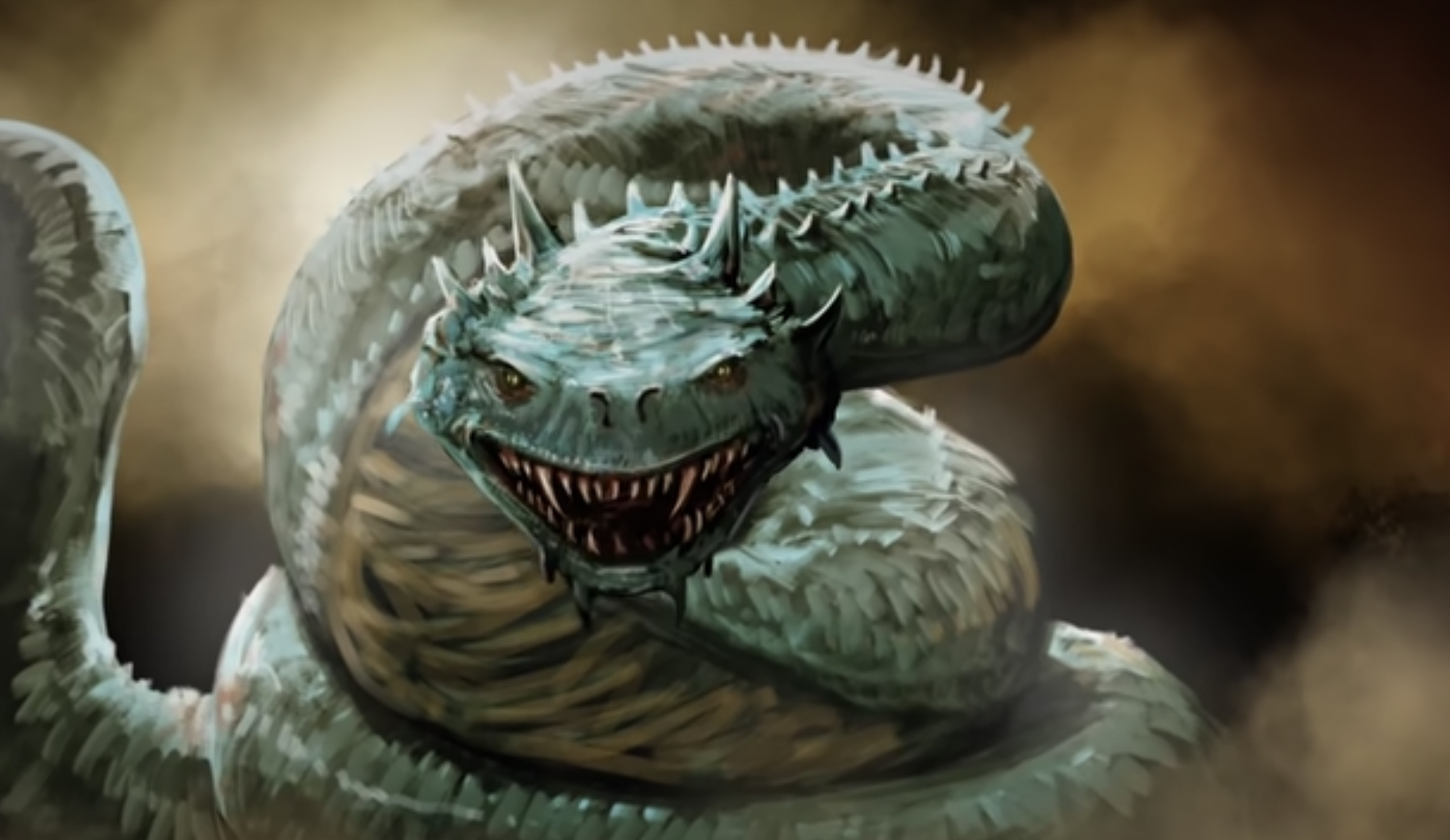
Popularised with modern audiences by Harry Potter, Basilisks were first described in European folklore as giant serpents with a killer gaze. Often considered the master of all snakes, Basilisks have appeared in literature from Chaucer and Leonardo Da Vinci, and even make a brief cameo in the Bible. Despite their terrifying size and abilities, Basilisks do have some weaknesses, and can be slain by griffin tears, their own reflections, and – rather unexpectedly – the odour of a weasel.
Unicorns
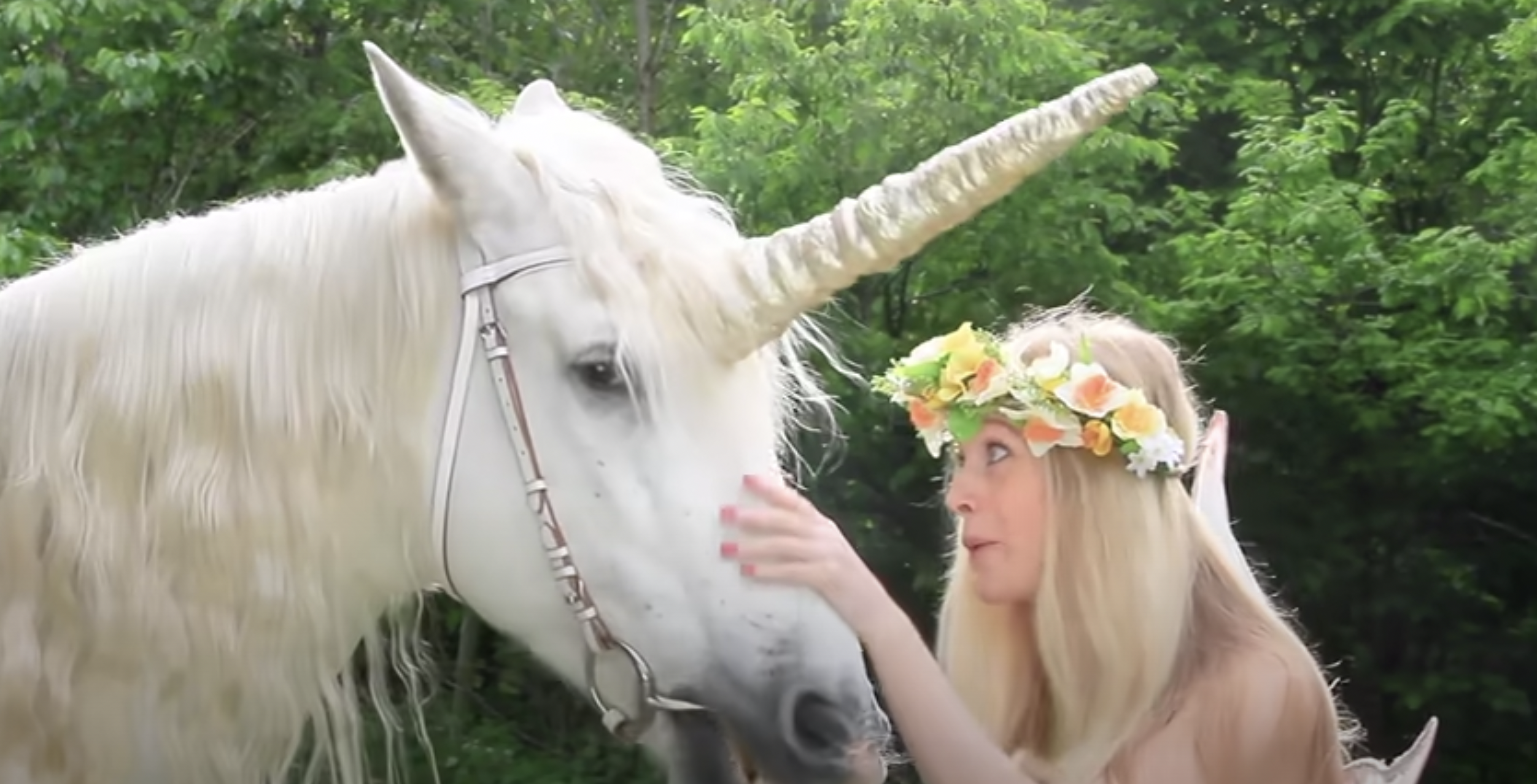
The rare example of a mythical creature that isn’t Hell-bent on murder, Unicorns have appeared in legends from Mesopotamia, India, Greece, and China. Simply being in the presence of a Unicorn is said to be healing, and drinking from a cup made from Unicorn horn supposedly negates the effects of poison. The first known mention of a Unicorn was recorded in the fourth century B.C, when a doctor and historian wrote down tales he had heard from Indian travellers, and the creatures remain popular to this day, especially with children.
Itsumade
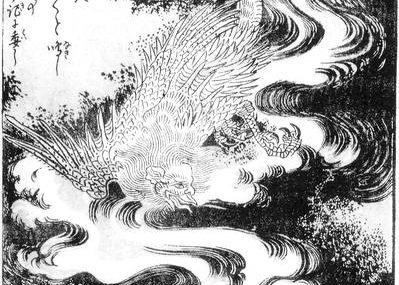
The Taiheiki, a Japanese historical epic, recorded how, in the autumn of 1334, a terrible plague was sweeping through Kyoto, claiming thousands of lives. Coinciding with the breakout of the epidemic, an eery, birdlike creature perched on the roof of the Shishinden – Kyoto’s Imperial Palace – and began repeatedly crying out “itsumade”, which translates to “until when?”. The monster was described as having a human face with a curved beak, saw-like teeth, and a wingspan of almost five metres. Eventually, the creature, which locals called ‘Itsumade’ after its cry, was fatally shot by a man named Hiroari.
Gold digging ant
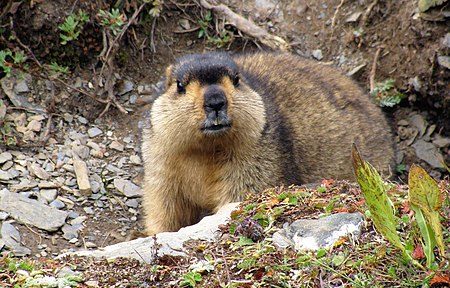
The existence of gold digging ants is documented in classical bestiaries, which describe the creatures as around the size of a dog and covered in fur. Heroditus, the great Greek historian, wrote about gold digging ants on at least one occasion and claimed they could be found in India. Whilst a furry dog-sized ant that unearths precious metals sounds like a wonderful pet, the French ethnologist Michel Peissel has speculated that the source of the legend may in fact be the Himalayan marmot.
Selkie
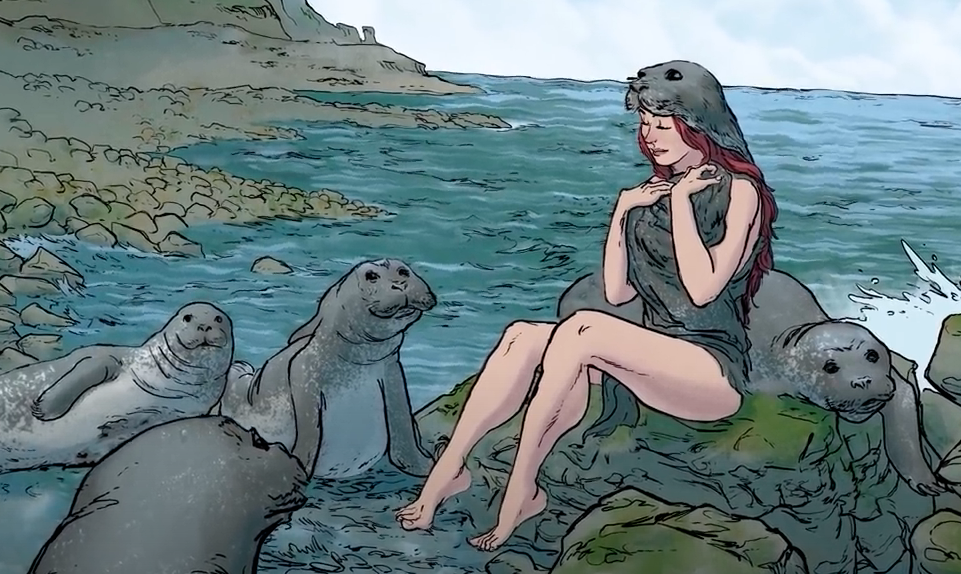
Originating in Celtic and Norse folklore, Selkies are a species of mythological creature capable of therianthropy, which is the ability to alternate between seal and human form. Folk tales featuring the creatures often involve a human stealing a female Selkie’s sealskin in order to coerce her into a relationship – which is seriously messed up from a multitude of angles – and the stories often end with the Selkie finding her stolen sealskin and fleeing back to the ocean.
Cù-sìth
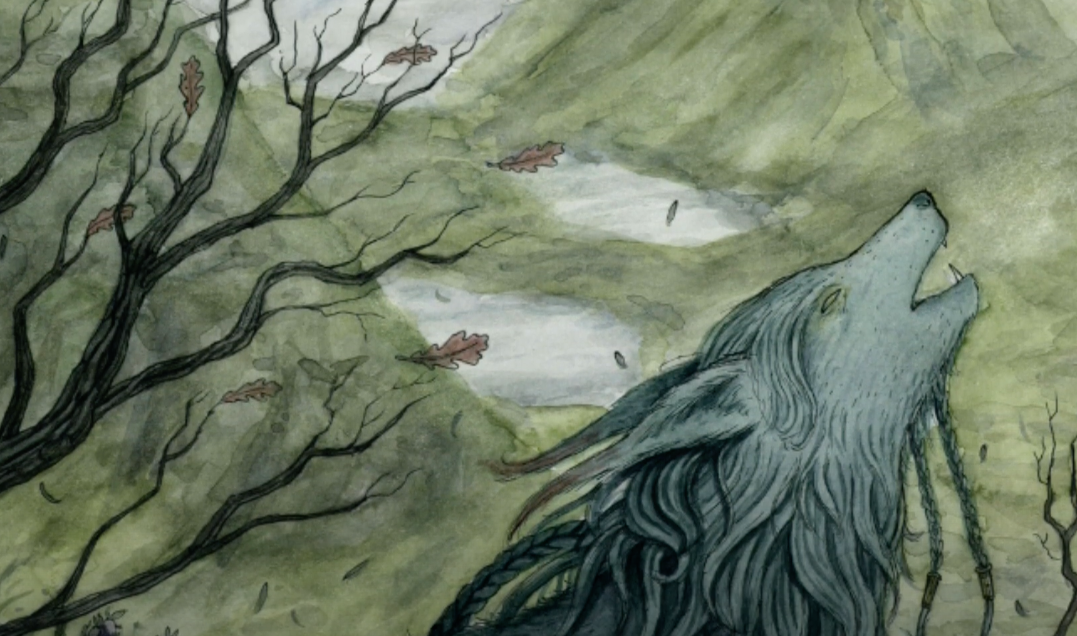
The Cù-sìth is a monster described in Scottish folklore. A giant green hound the size of a cow, the Cù-sìth dwells inside splits in rocky formations, emerging at night to prey on anything unfortunate enough to catch its eye. Whilst the Cù-sìth is renowned for being virtually undetectable, it occasionally emits three guttural barks which can be heard from miles around. Anyone who hears the first bark must immediately seek shelter, and failing to do so by the time the third bark sounds will result in terror to the point of insanity.
Underwater panther
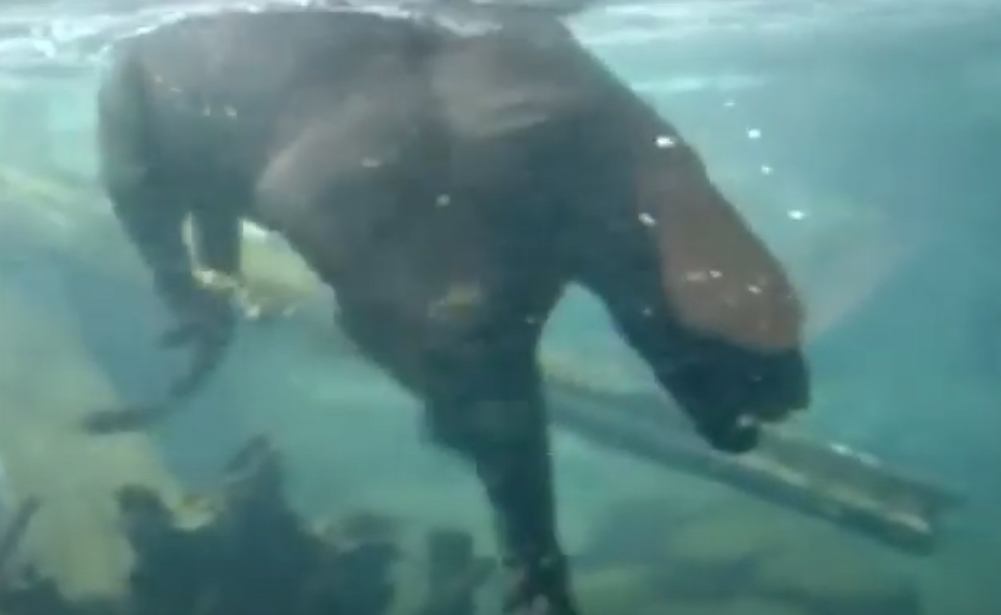
Whilst they may sound like a Marvel character that never got green-lit, underwater panthers are actually an important water spirit in the folklore of the Anishinaabe, an indigenous tribe from America’s Great Lakes region. Known as ‘Mishipeshu’ amongst the Natives, underwater panthers dwell within the lakes and – apart from the fact that they are covered in scales – look more or less the same as their terrestrial counterparts. Mishipeshu are mostly indifferent to humans, but will become agitated to the point of violence if stolen from.
Pontianak
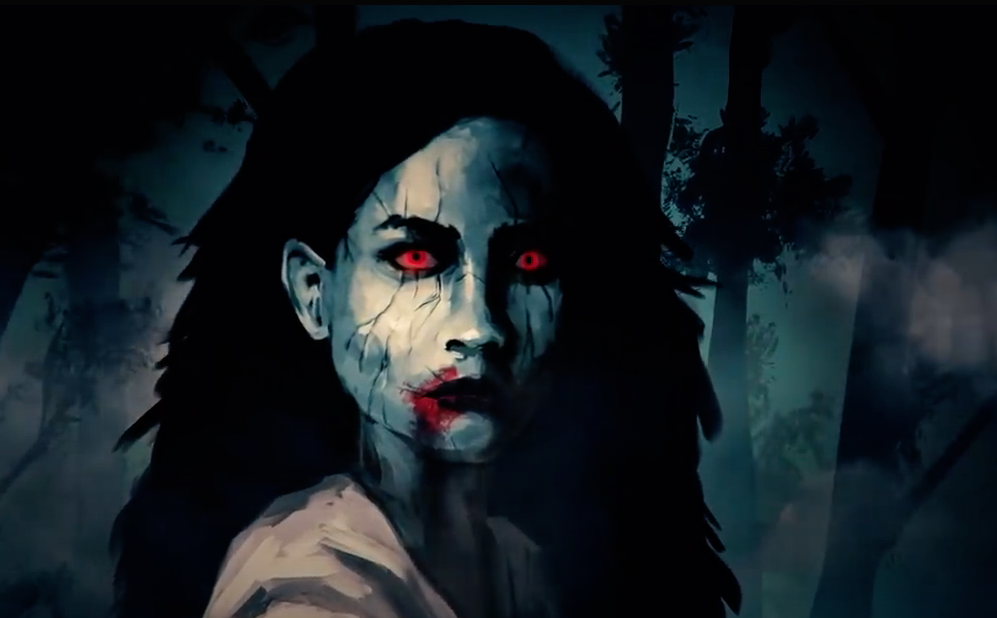
A ghoulish creature of Indonesian and Malaysian origin, a Pontianak is created when a pregnant woman dies shortly before she was due to give birth. Pontianaks are humanoid creatures with a pallid complexion, long hair, and glowing ruby eyes. Whilst in reality they are repellent, the creature can take on the appearance of a strikingly beautiful woman to lure its prey of choice – men. Once a Pontianak has a man in its grasp it will revert to its hideous true form, before feasting on its victim’s organs.
Alkonost
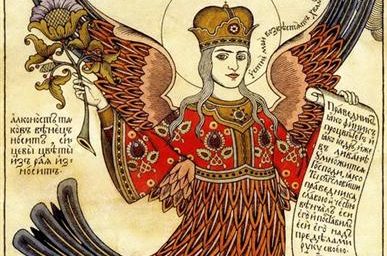
Originating from Slavic mythology, the Alkonost is described as having the head of a woman and the body of a bird. The creature’s name is derived from Alcyone, a Greek demigod who was transformed into a kingfisher. The Alkonost’s song is reportedly so beautiful that anyone who hears it instantly suffers total amnesia and for the rest of their life desires nothing apart from to hear the creature’s mellifluous warbling.
Vetala
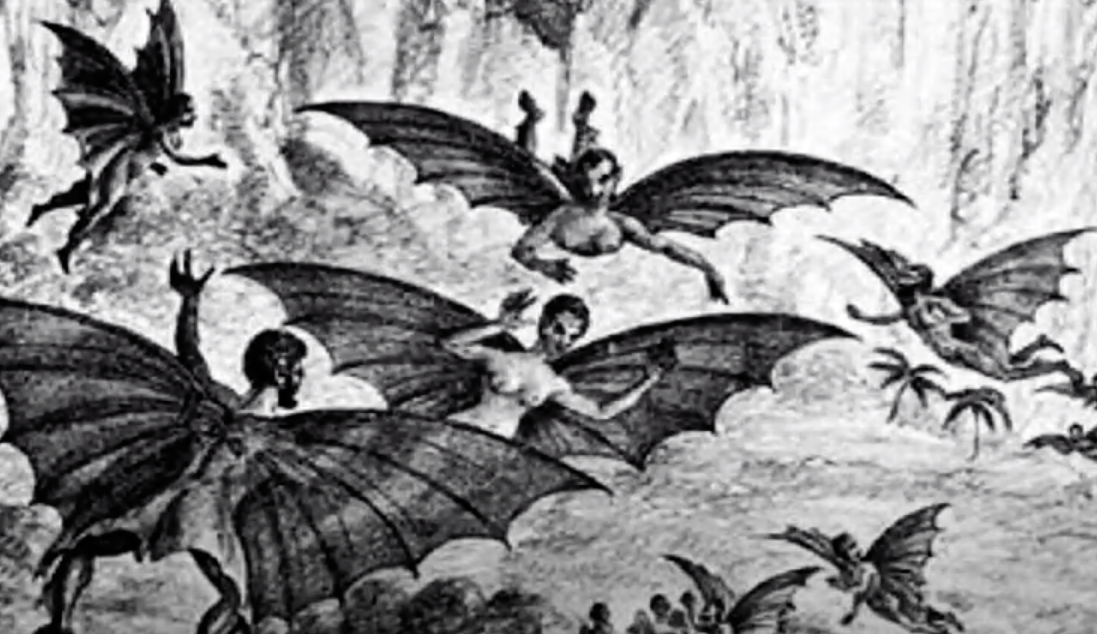
Often found lurking around charnel grounds, Vetalas are bat like entities from Hindu folklore that can possess cadavers. Vetalas are generally considered malicious creatures, and take pleasure in tormenting people, killing children, and causing miscarriages. However, the beings occasionally ally themselves with humans, guarding their villages against other malign forces. The Hindu practice of cremation might have been influenced by fear of Vetalas, which use the bodies of the recently deceased as vehicles to move around.
Bugbear
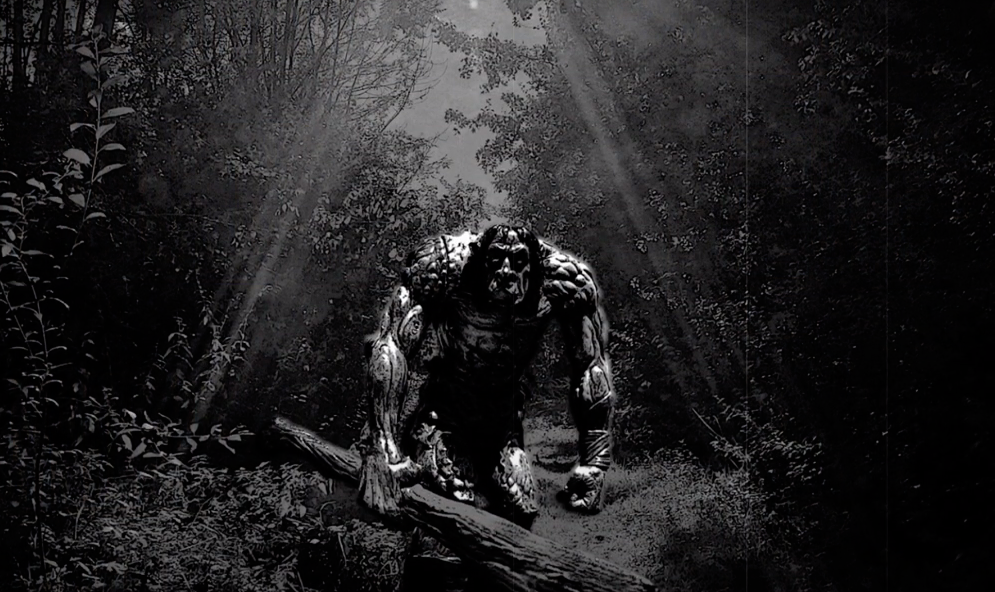
The Bugbear falls under the umbrella of folk monster invented to terrify children into obedience, a category it shares with other notable creatures such as the Bogeyman. Originating in Celtic mythology, the Bugbear is a kind of large, hairy hobgoblin that stalks the wilderness and feasts on the flesh of unruly children. Its name is derived from the Old English word ‘bugge’, which literally translates to “a frightening thing.”
Drop bears
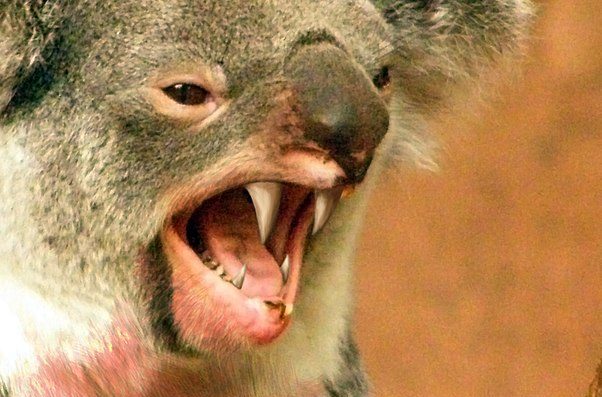
Drop bears are a contemporary folk monster invented by Australians to mess with gullible tourists. The creatures are described as ferocious relatives of the koala that dangle from branches waiting for unwitting wanderers to stray beneath them. Once the bear has a victim in its sights it will drop onto them from above, unleashing a vicious attack. Whilst drop bears obviously aren’t a real thing, koalas themselves aren’t as cute and cuddly as they’re often made to seem. The arboreal marsupials sport three razor sharp talons on each hand, and are prone to emitting a gurgling roar that is best described as Satanic. Oh, and most of them have chlamydia.
